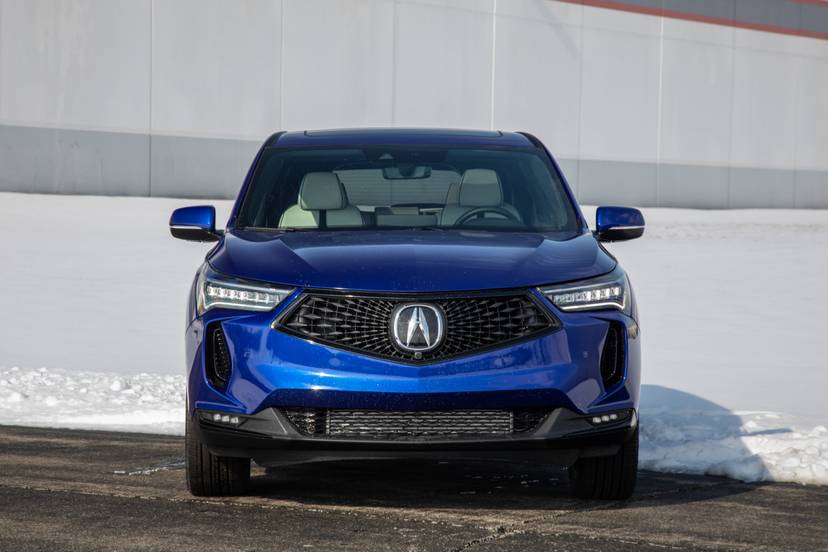
The verdict: Styling and drivability updates make for plenty of strengths in Acura’s most popular SUV, the RDX. Unfortunately, the brand’s devotion to fussy controls remain a potential deal breaker.
Versus the competition: The RDX’s roominess, quality and drivability are competitive with other small luxury SUVs’, but Acura’s insistence on a console controller instead of a simple touchscreen makes operating it needlessly confusing. Lexus, Mercedes-Benz and others are abandoning this approach; it’s high time Acura does, too.
The third-generation RDX has been around since the 2019 model year, its last full redesign. Changes for 2022 involve some light visual updates, more noise mitigation, a retuned suspension option, and new wireless Apple CarPlay and Android Auto. Acura offers six trim levels, most of which are marketed as packages. The bottom three can have front- or all-wheel drive, while the remainder are AWD-only. Stack up the 2021 and 2022 RDX or compare 2022 trim levels. We tested a well-equipped RDX A-Spec with Acura’s Advance Package and AWD.
Related: 2022 Acura RDX: More Standard Tech, Less Noise
About Those Controls
Having driven hundreds of vehicles that orient their dashboards around a major display, we can say with utmost confidence that directly manipulating a touchscreen is far superior to managing a display via controls next to the cupholders. Some leading consumer studies indicate shoppers also prefer touchscreens, though some more recent ones are less conclusive. No matter: Brands like Audi, Mercedes-Benz and Lexus, which at some point were all anchored to console controllers, have relented to touchscreens. That makes Acura’s insistence on its True Touchpad Interface, a standard feature in the RDX, all the more vexing.
With TTI, the RDX’s 10.2-inch dashboard display isn’t a touchscreen — and even if it were, its location high up on the dash would make for a long reach. Instead, you manage it through a tappable, two-zone touchpad at arm level. Acura touts one-to-one mapping, where an area of the touchpad equates to that area on the display, but using it is maddening. Accomplishing simple tasks, like surfing Apple CarPlay, involves trolling around the pad and cursing the lack of a blasted touchscreen.
There are two parts to the widescreen display, with about two-thirds of the screen displaying primary functions while the rest shows a secondary menu. That exposes another flaw: The screen is about 9.5 inches wide but only 3.6 inches tall, so interfaces like CarPlay, the navigation map and the backup camera don’t leverage the entire display; at most they can take up about 70% of the screen — equivalent to a display that’s just 7.5 diagonal inches.
The peculiarities go on. Above the console controller is a push-button gear selector — a unit we’ve never found especially intuitive in any of its iterations from Acura or its parent company, Honda. Acura devotes a ton of space to this goliath drive-mode selector, which is unlikely to see much use except among the most driving-focused owners. The climate controls, meanwhile, are undersized, with just a pinky-sized knob for stereo volume and no tuning knob whatsoever.
How It Drives
The RDX’s sole powertrain, a turbocharged 2.0-liter four-cylinder with 272 horsepower and 280 pounds-feet of torque, features smooth, building power, with enough low-rpm oomph to feel reasonably quick from a stop. It works through a 10-speed automatic transmission with smooth shifts that responds well if you need more power while already in motion. In the drivetrain’s Sport mode, the 10-speed can kick down multiple gears with little delay rather than stutter-stepping through intermediate gears. The 10-speed and turbo 2.0-liter make for a responsive, eager combination.
The RDX’s upper three trim levels have adaptive shock absorbers, whose firmness you can change with the drive mode. For 2022, Acura added more distinct character at both ends of the spectrum: softer in Comfort mode, firmer in Sport mode. Our test car had the adaptive setup, and the widened spectrum is noticeable — a rarity among adaptive shocks, which typically exhibit only minor differences in straight-line ride quality across their various drive modes. Shock absorption in the RDX is polished no matter the mode, with a taut chassis and little excess body movement. Still, it can ride a bit busy at times, even in Comfort mode. I’d appreciate a little better isolation to accompany the stiffness — two aspects that don’t have to be mutually exclusive.
The RDX’s available AWD system employs torque vectoring for improved handling; Acura markets it as Super-Handling All-Wheel Drive. Sub-freezing temperatures prevented us from throwing the SUV around much, but roadholding held up without much understeer — even when I tried to induce some with quick steering inputs. That matches our previous experience with SH-AWD, a system that’s paid dividends across Acura’s lineup not just in terms of traction, but in handling, too.
The Inside
Taller drivers might feel limited by the front seat’s sliding range, but the setup at least preserves knee clearance in the backseat (though the low cushion height might leave longer-legged rear passengers’ knees uncomfortably elevated). Materials quality is handsome overall, with plenty of overlapped stitching and padded surfaces where your arms and elbows fall. Not that you have to look far to see signs of cost-cutting: Materials cheapen out below arm level and in the backseat, but it’s no worse than you’ll find in other compact luxury SUVs.
With easily accessible Latch anchors and sufficient clearance to the front seats, the RDX passed our Car Seat Check with flying colors. Also, by Cars.com’s independent accounting, the RDX has 18.30 cubic feet of cargo volume behind the backseat. That’s relatively good — on par with our results for the Lexus NX 350 (18.27 cubic feet) and well ahead of the Genesis GV70 (16.15) and Lincoln Corsair (14.13). Similarly, the RDX’s bridge-style console includes a large bin under the gear selector, opening up more driver-accessible storage than you usually find in a luxury SUV. Nicely done.
Safety and Driver-Assist Features
The Insurance Institute for Highway Safety has yet to publish results for the 2022 RDX, but the 2021 model turned in strong enough scores to earn IIHS’ highest award, Top Safety Pick Plus. It’s worth noting that Acura beefed up the side-impact crashworthiness of the 2022 RDX amid IIHS’ announcement of tougher side-impact tests set to roll out in 2023. Preliminary testing by the agency showed widespread weaknesses among various compact SUVs, though the RDX wasn’t part of the test group.
Safety and driver-assist features for 2022 include forward collision warning with automatic emergency braking and pedestrian detection, a blind-spot warning system, adaptive cruise control and hands-on lane centering. Alas, lane centering still doesn’t work below around 45 mph, so it might go unused for a great deal of your commute. Once pioneers of mass-market lane centering of any type, Acura and Honda have some catching up to do in terms of low-speed centering.
More From Cars.com:
- How Do Car Seats Fit in a 2022 Acura RDX?
- Refreshed 2022 Acura RDX Pricing Starts at $40,345
- 2022 Acura RDX: More Standard Tech, Less Noise
- What Are the Best Used Cars for $20,000?
- 2021 Acura RDX Gets Amped (and Orange) With PMC Treatment
Should You Buy an RDX?
With destination charge, the RDX starts a little over $40,000 — up notably over the 2021 model but still on the value end of popular compact luxury SUVs. That said, this is Acura’s entry-level SUV; many rivals have even cheaper, smaller options, and Acura’s one-size-fits-most strategy may price some shoppers out. Standard features on the RDX include power front seats with heated imitation leather upholstery, a panoramic moonroof, dual-zone automatic climate control, and the 10.2-inch dashboard display with wireless Apple CarPlay, wireless Android Auto and Amazon Alexa integration.
Climb the trim levels and you can get leather seats, with or without suede-like fabric inserts, as well as ventilated front seats, wireless device charging, a heated steering wheel, heated rear seats and two ELS premium stereos. At the top end, the limited-run RDX PMC Edition runs just over $55,000. At that, Acura still presents a relative value: Compact SUVs from Audi, BMW and Mercedes can spiral toward $60,000 or beyond even before you tap into their high-performance variants.
Given this SUV’s sales popularity, shoppers must be learning to live with the RDX’s center controls. Still, I can’t help but think the RDX could be even more popular if it weren’t for that self-inflicted wound.
Related Video:
Cars.com’s Editorial department is your source for automotive news and reviews. In line with Cars.com’s long-standing ethics policy, editors and reviewers don’t accept gifts or free trips from automakers. The Editorial department is independent of Cars.com’s advertising, sales and sponsored content departments.


































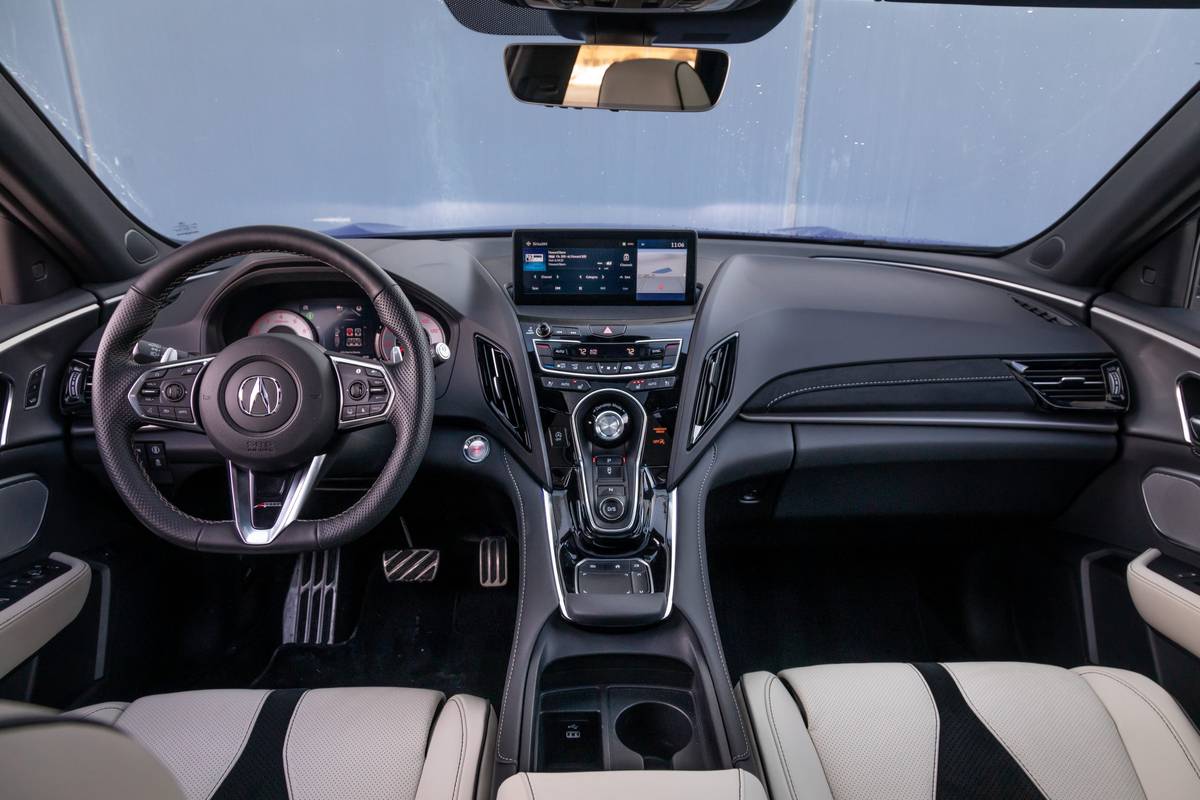
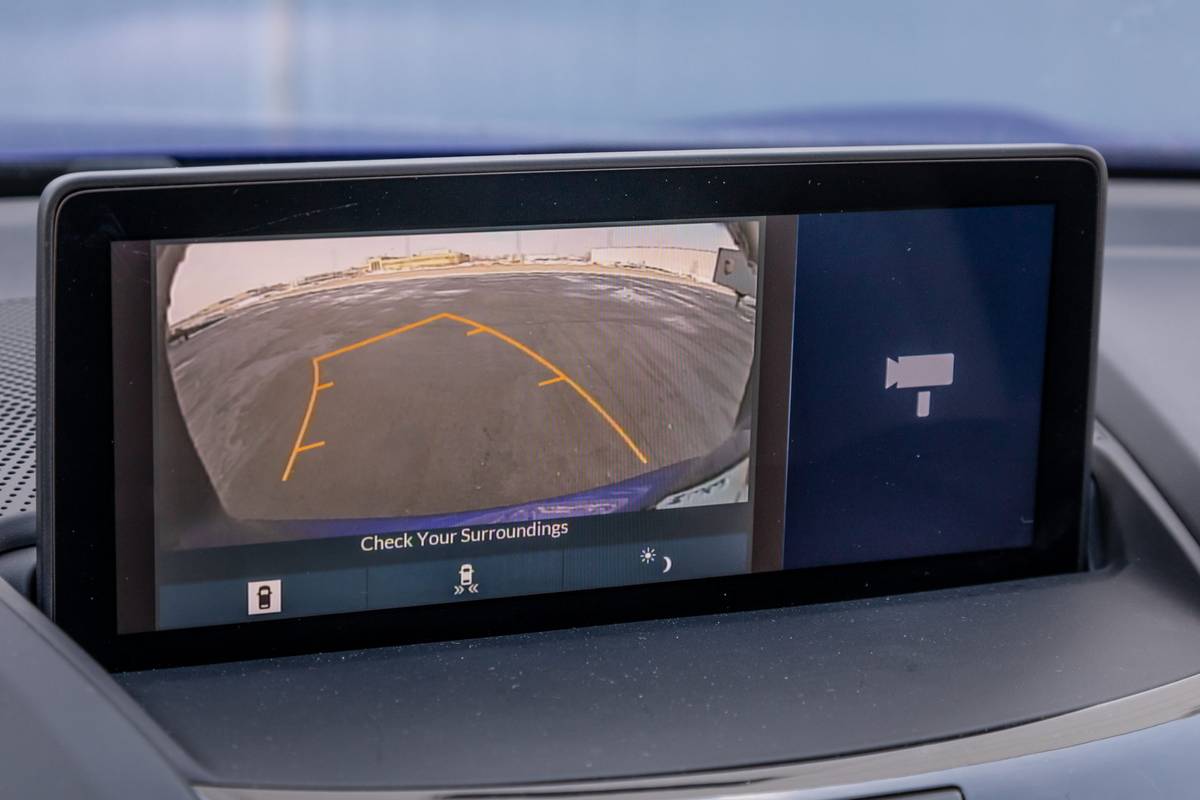
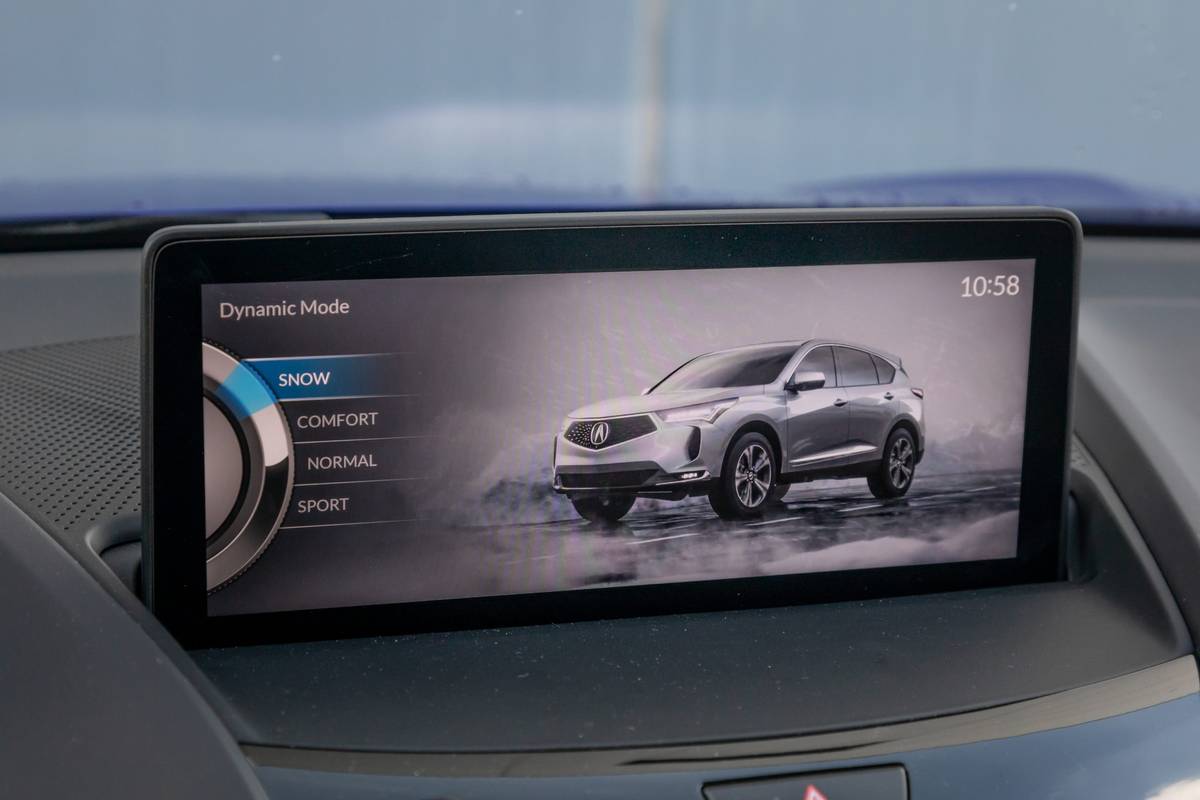
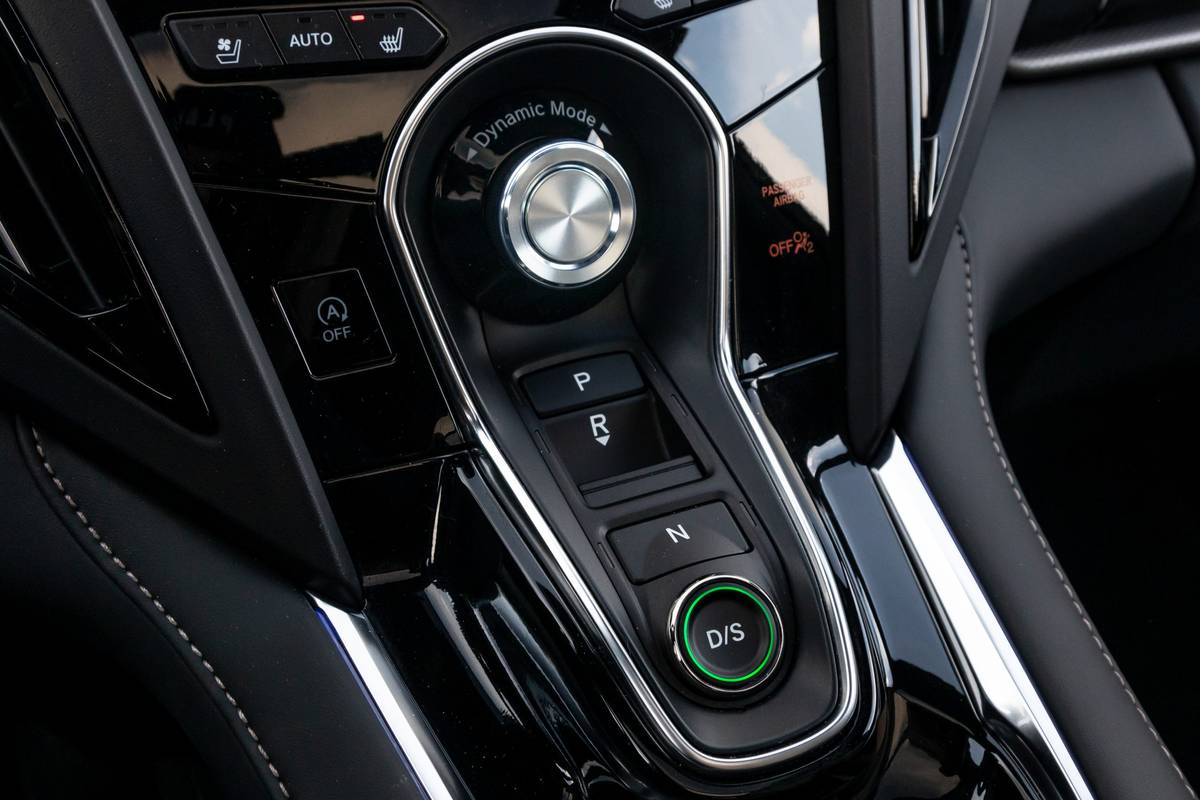
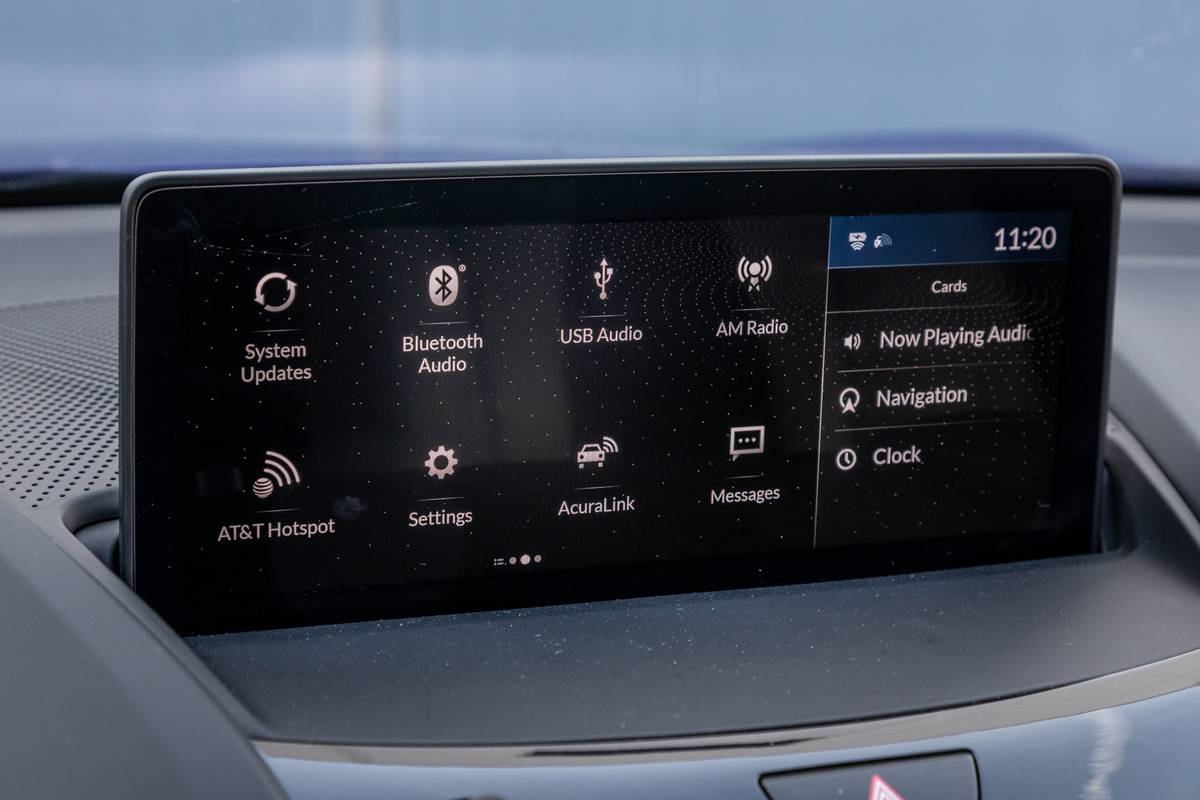
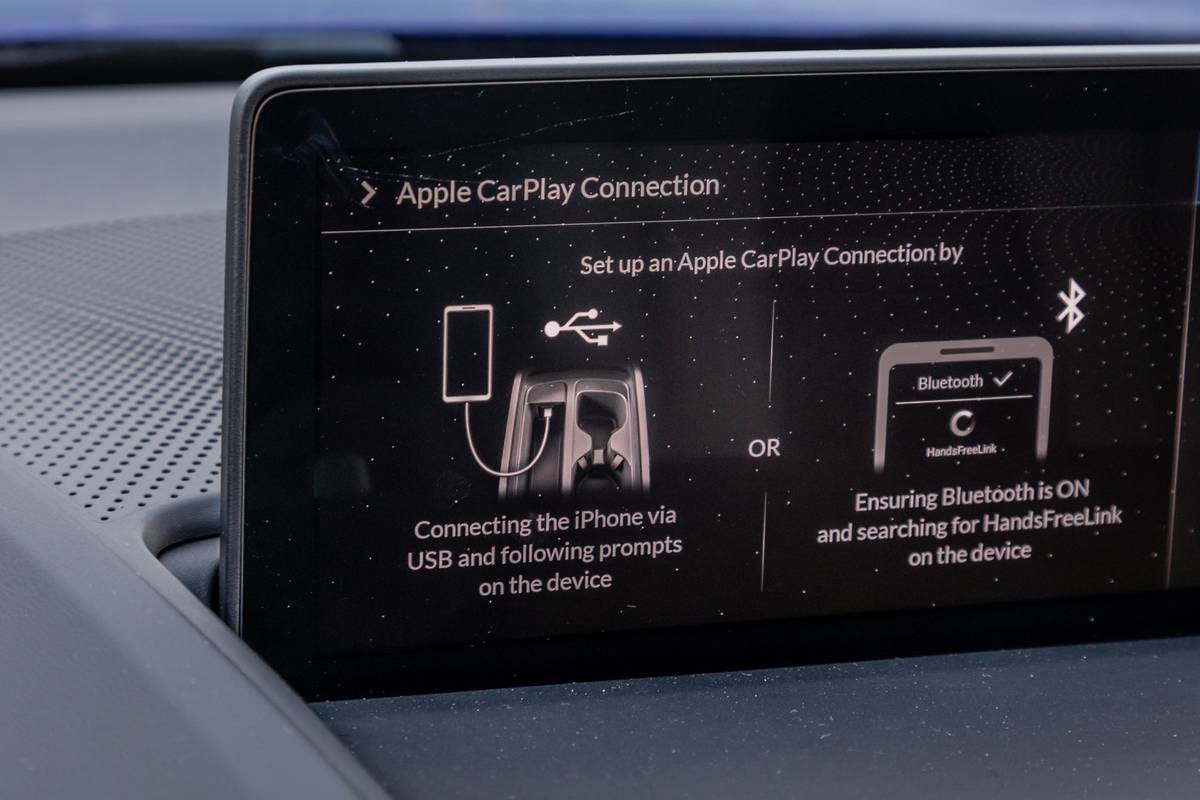


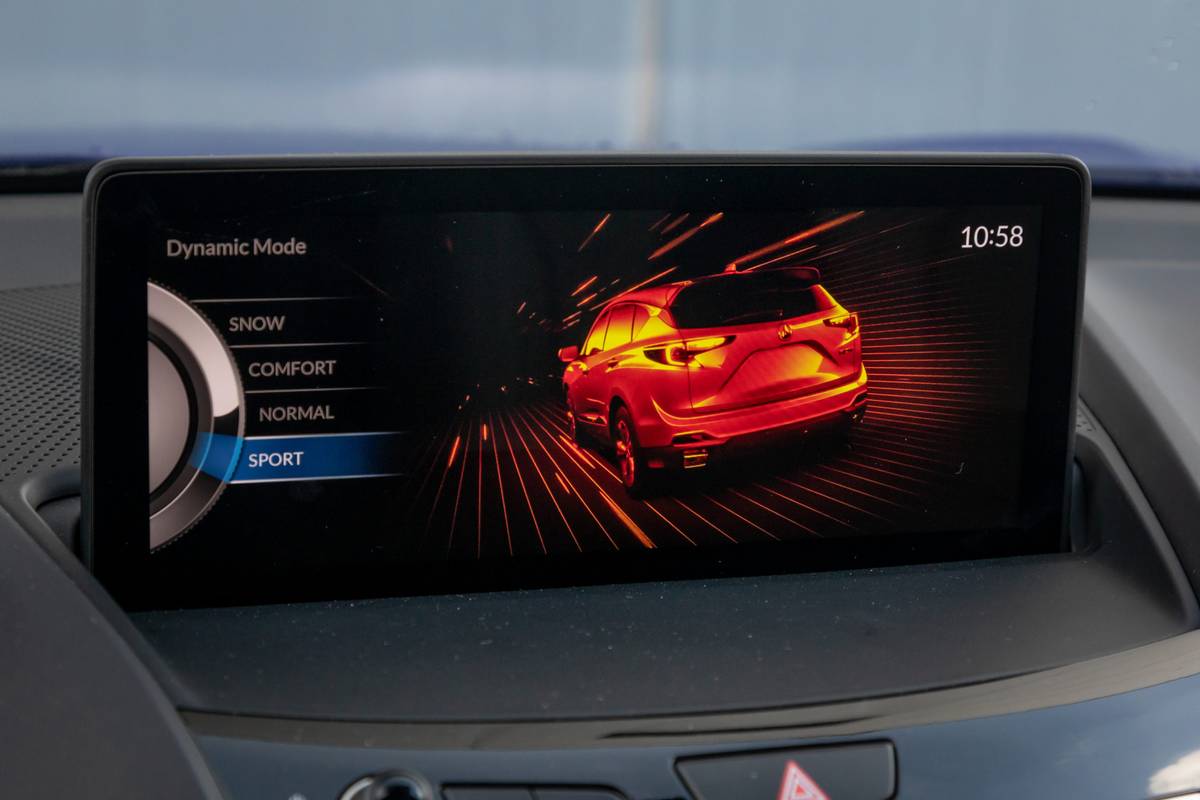
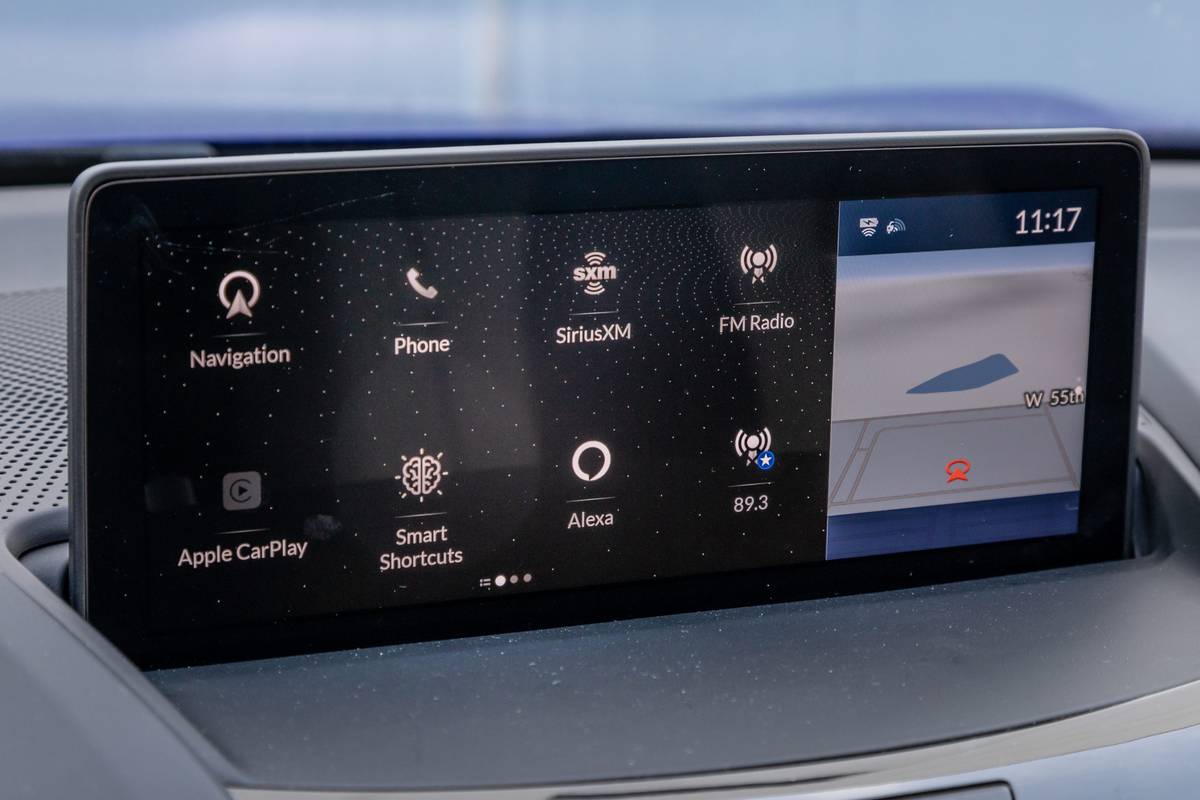
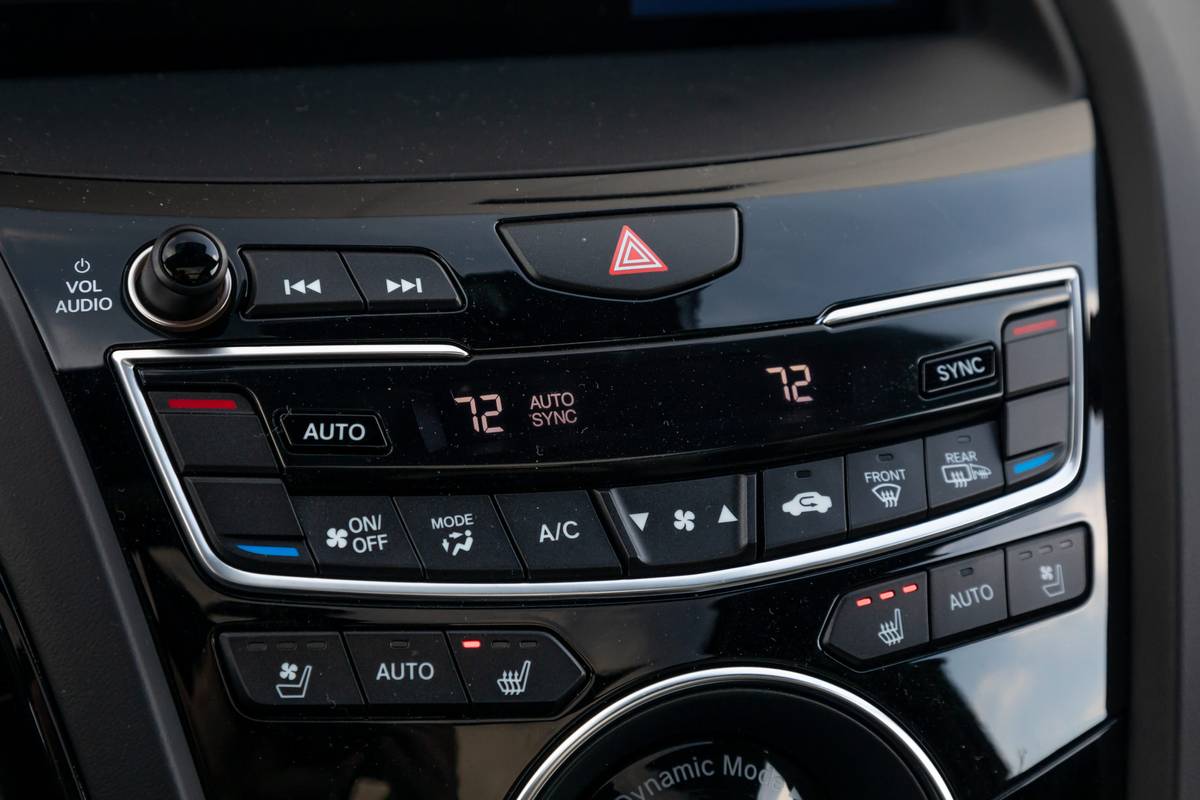
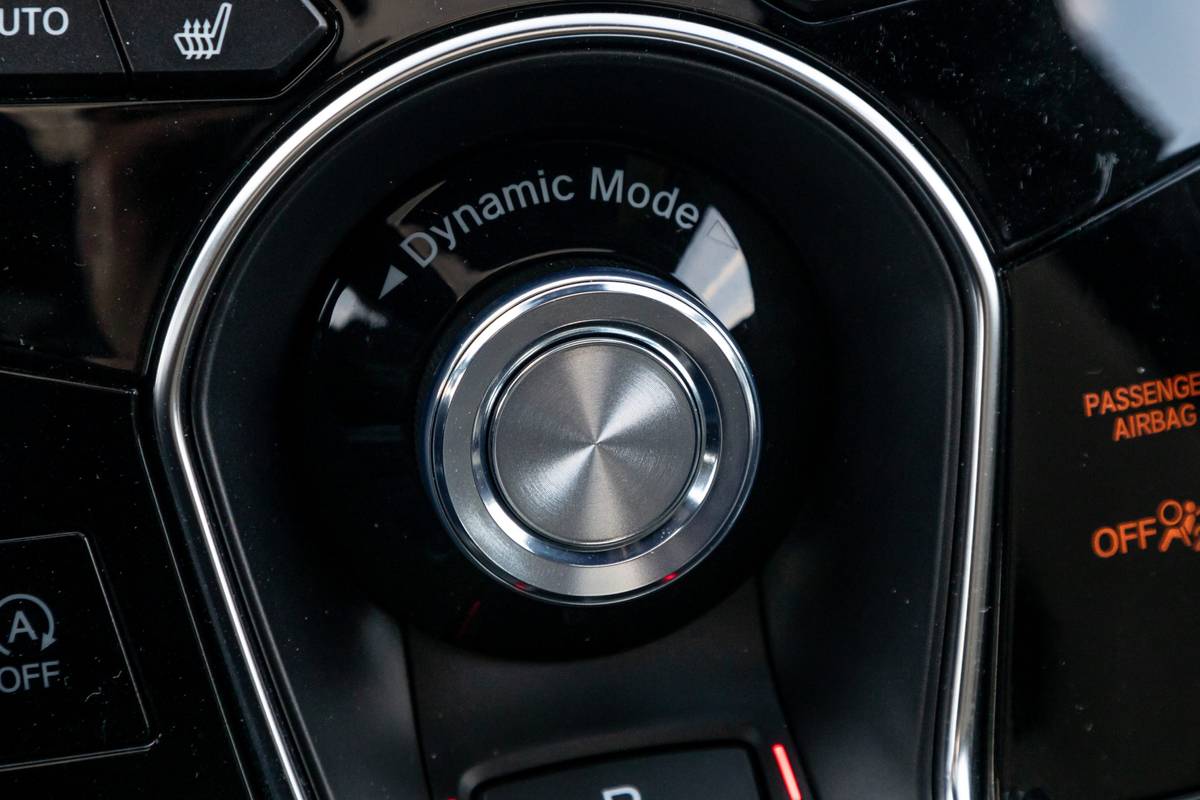
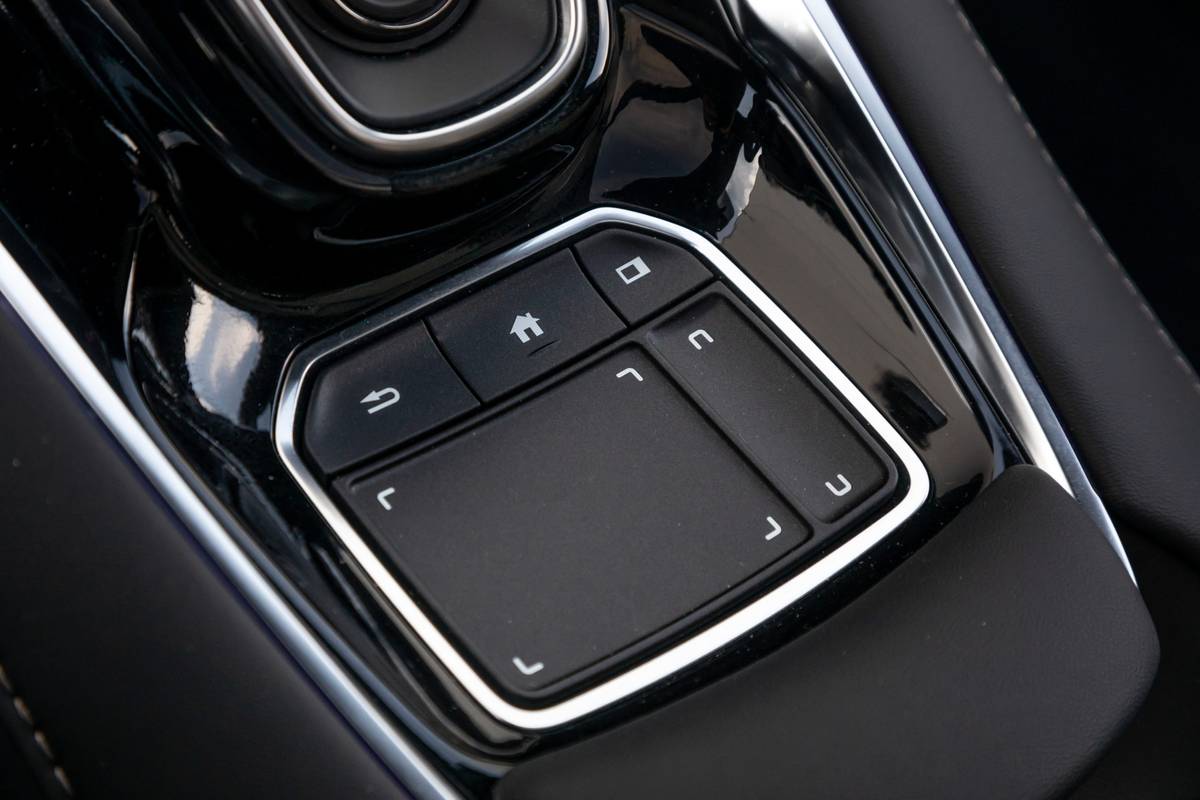
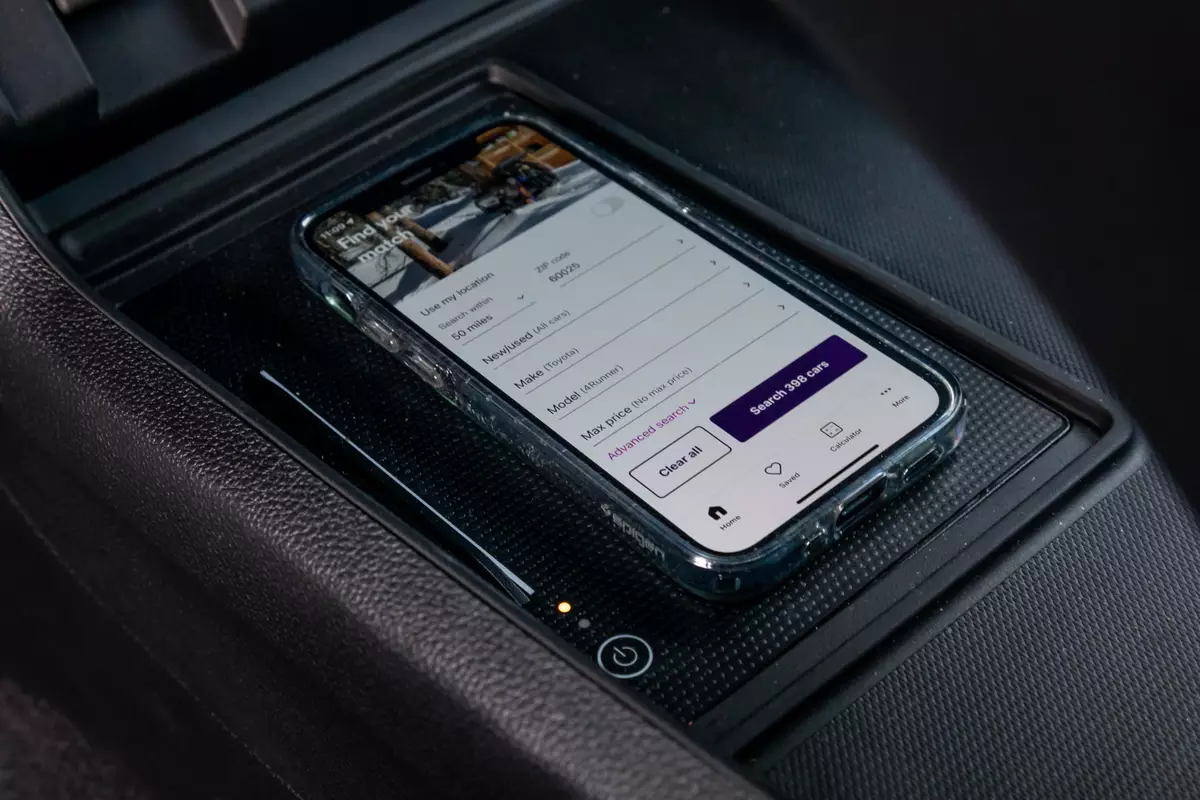
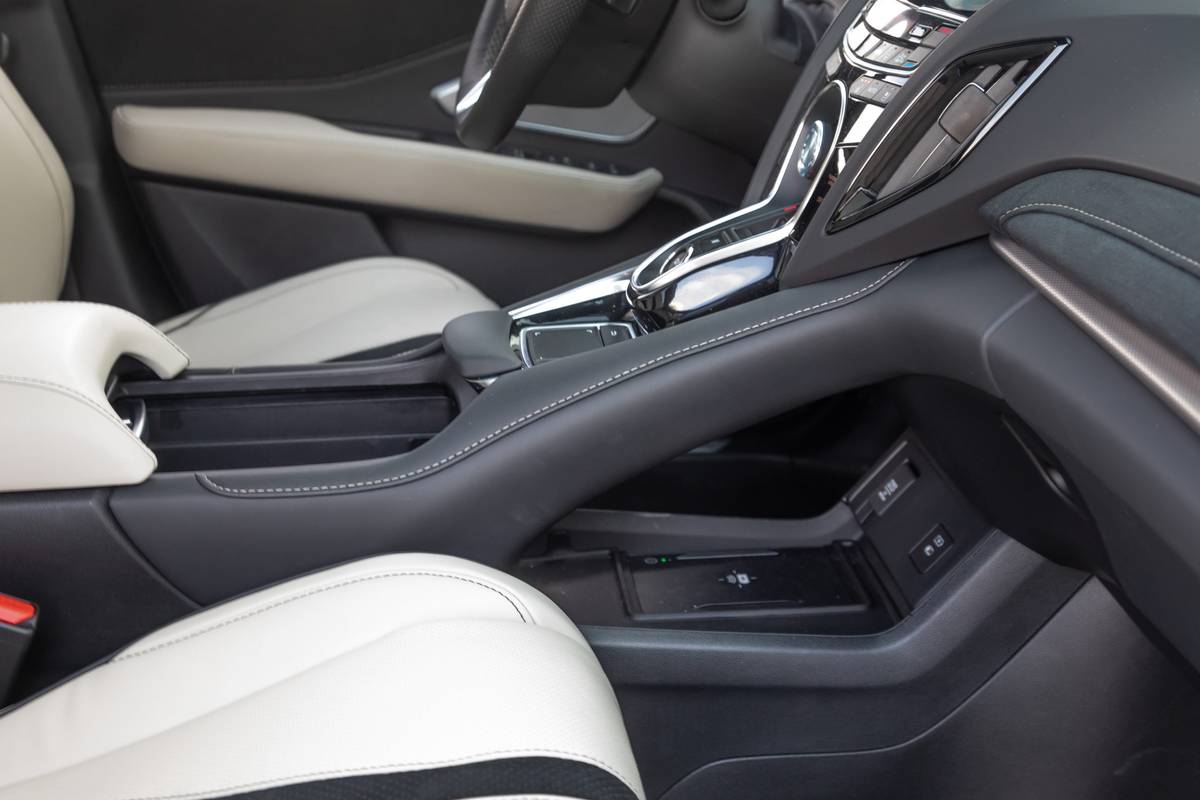
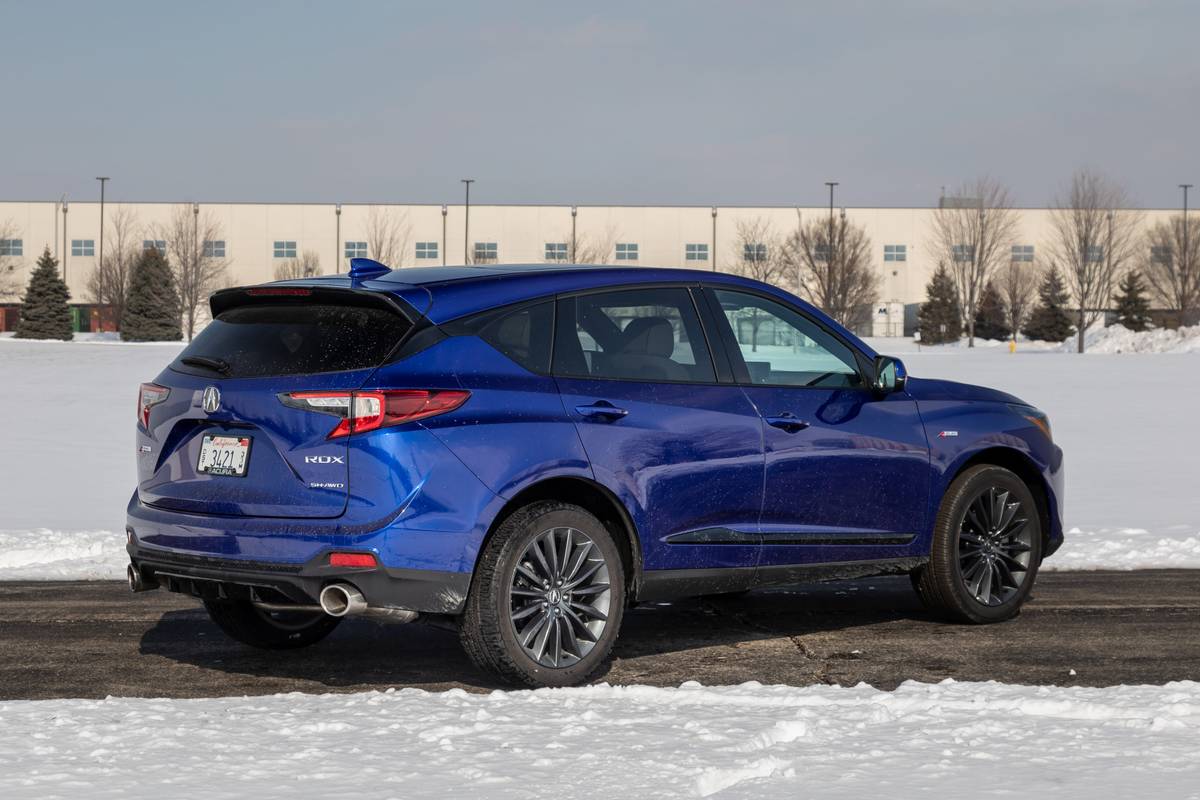
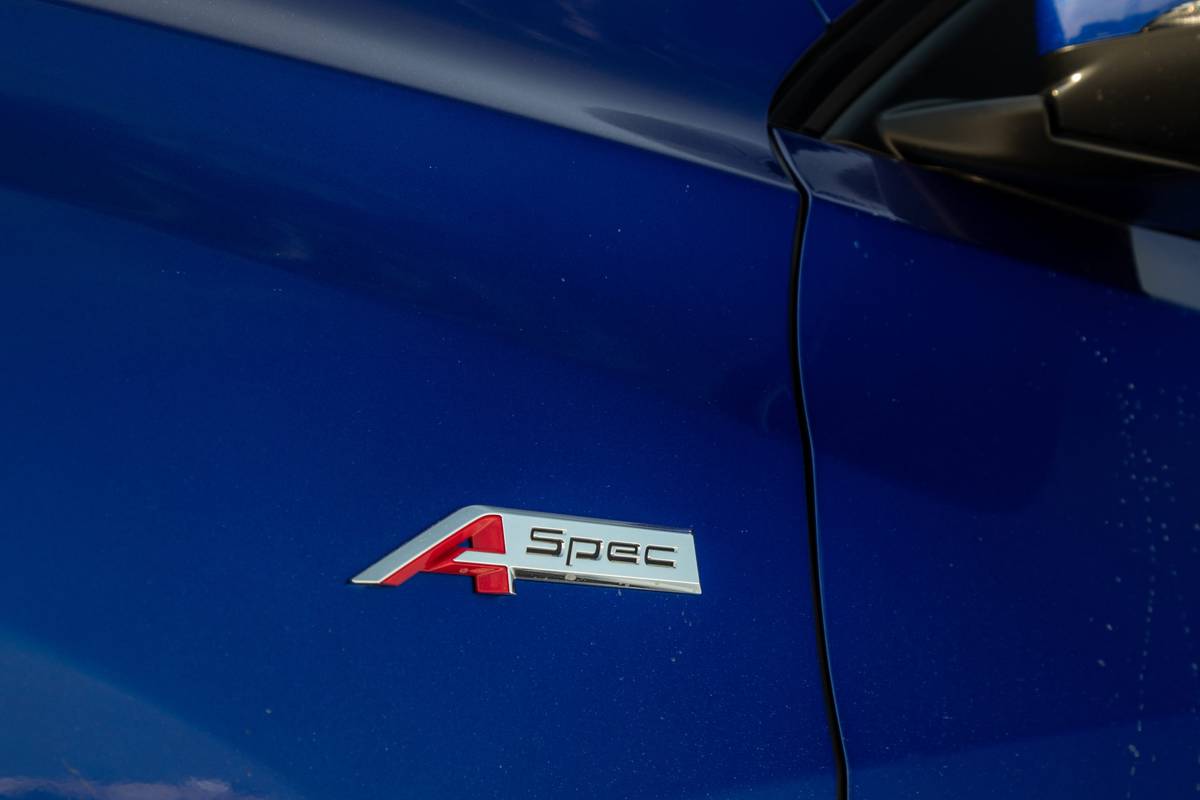
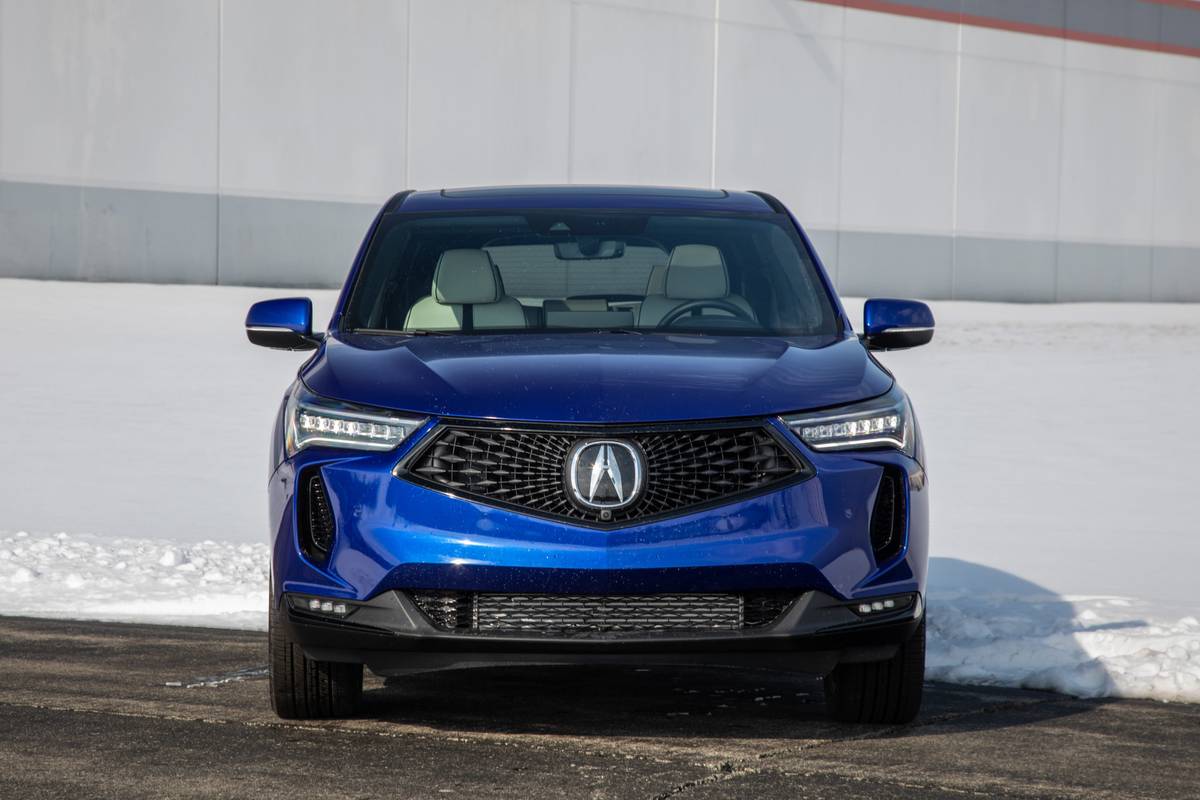
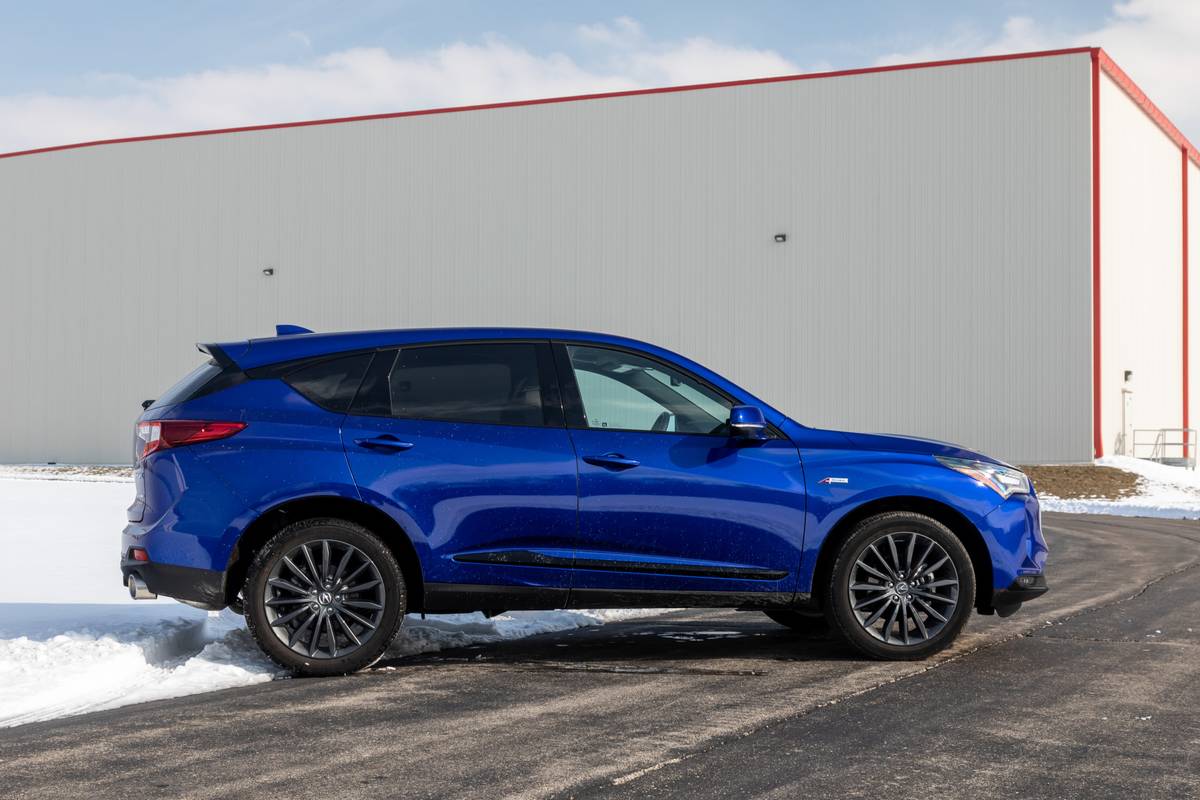
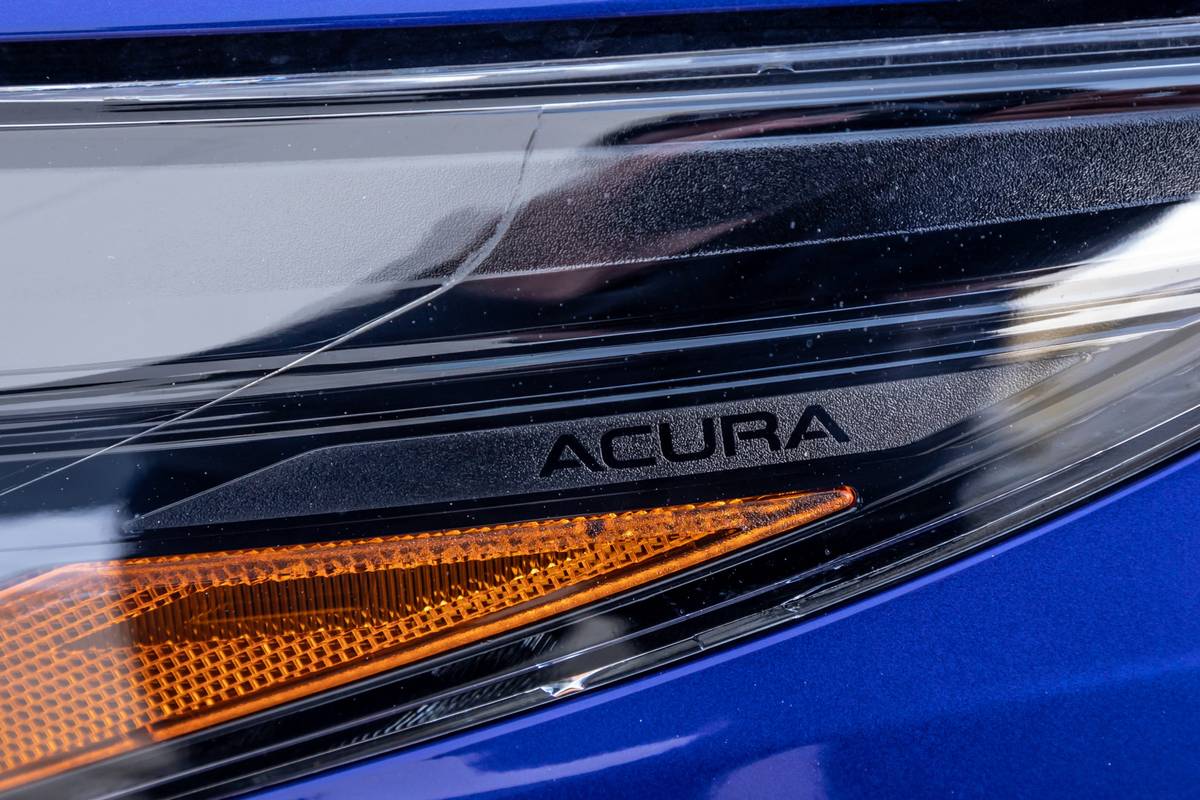
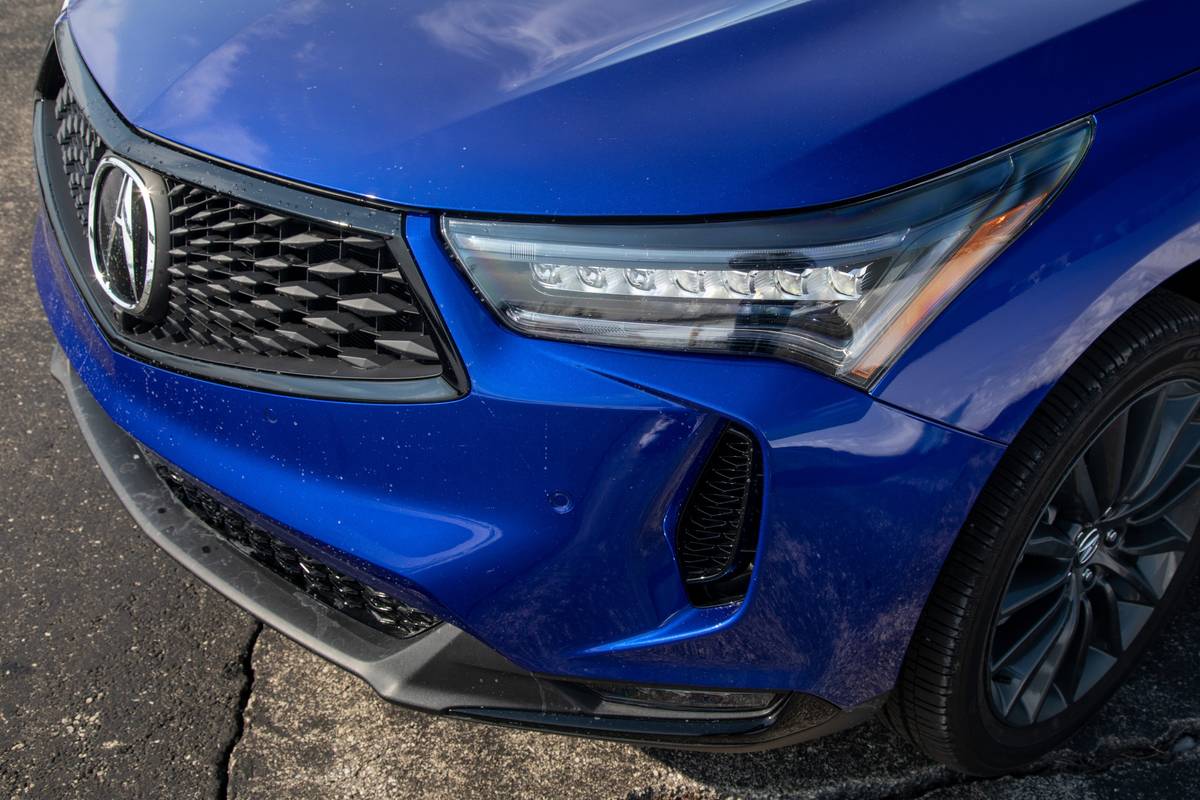

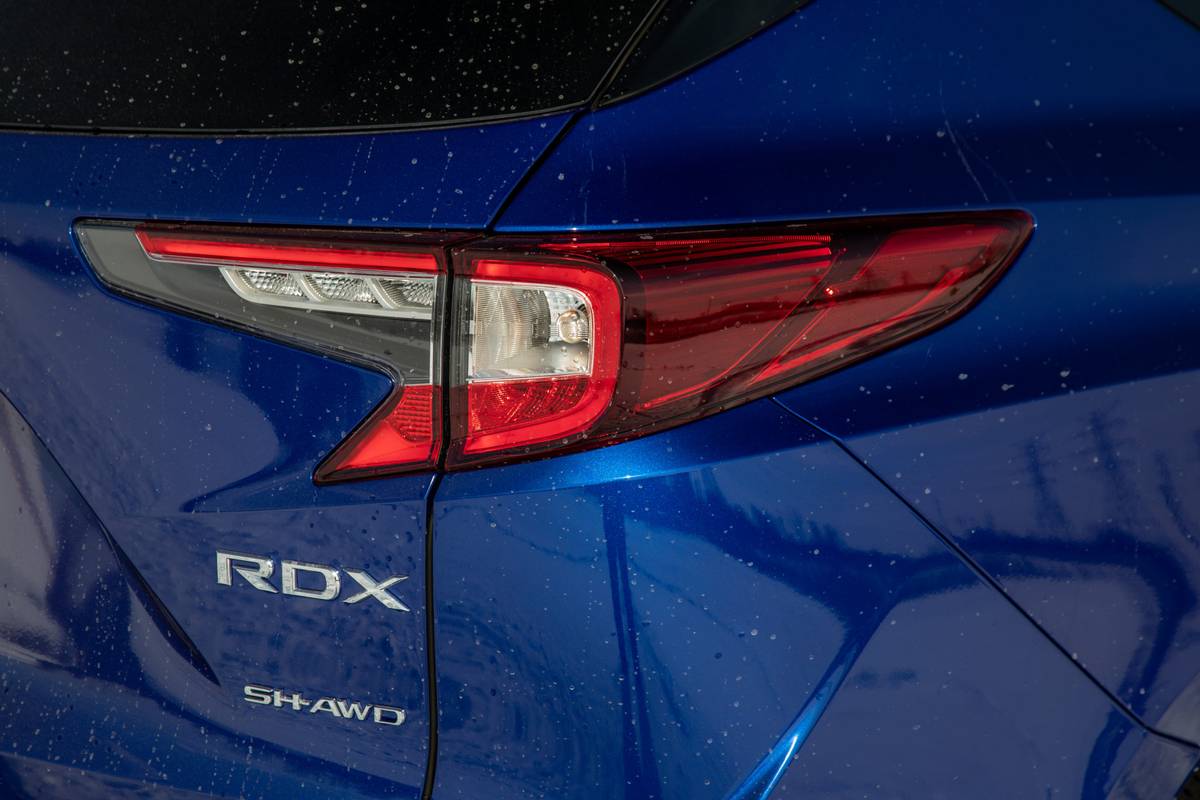
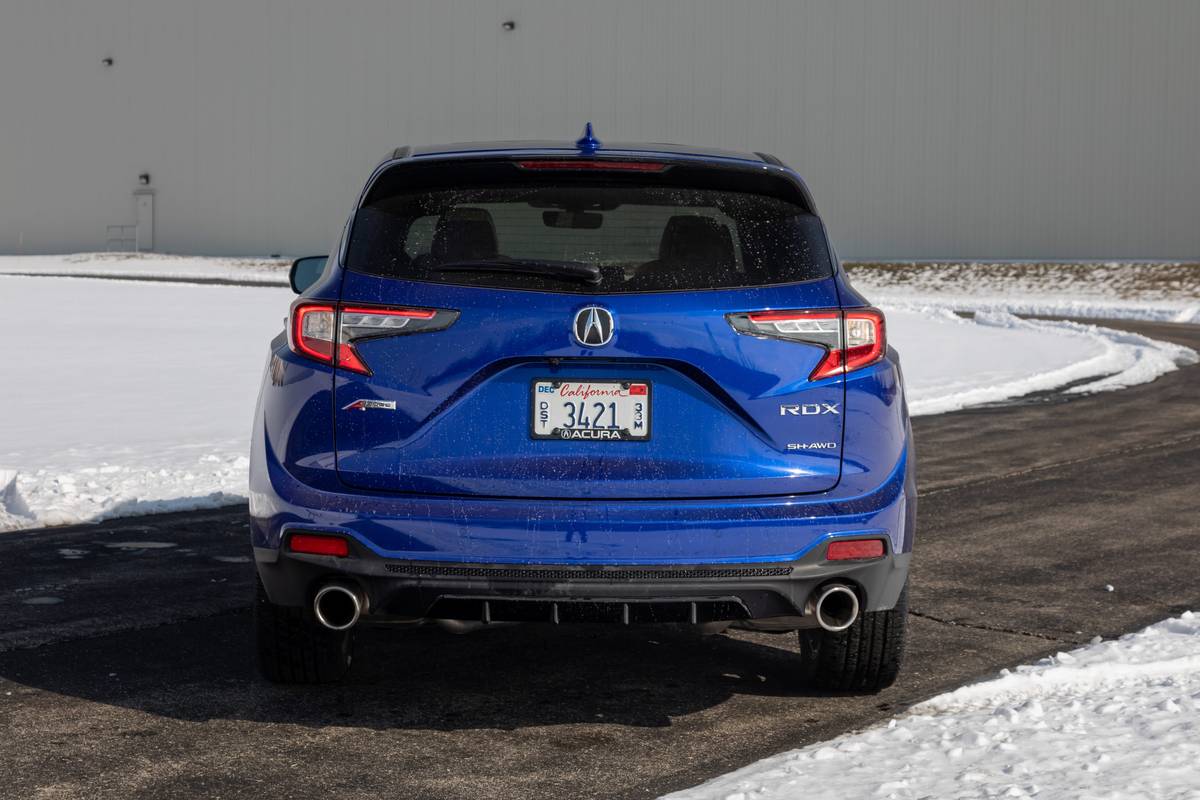
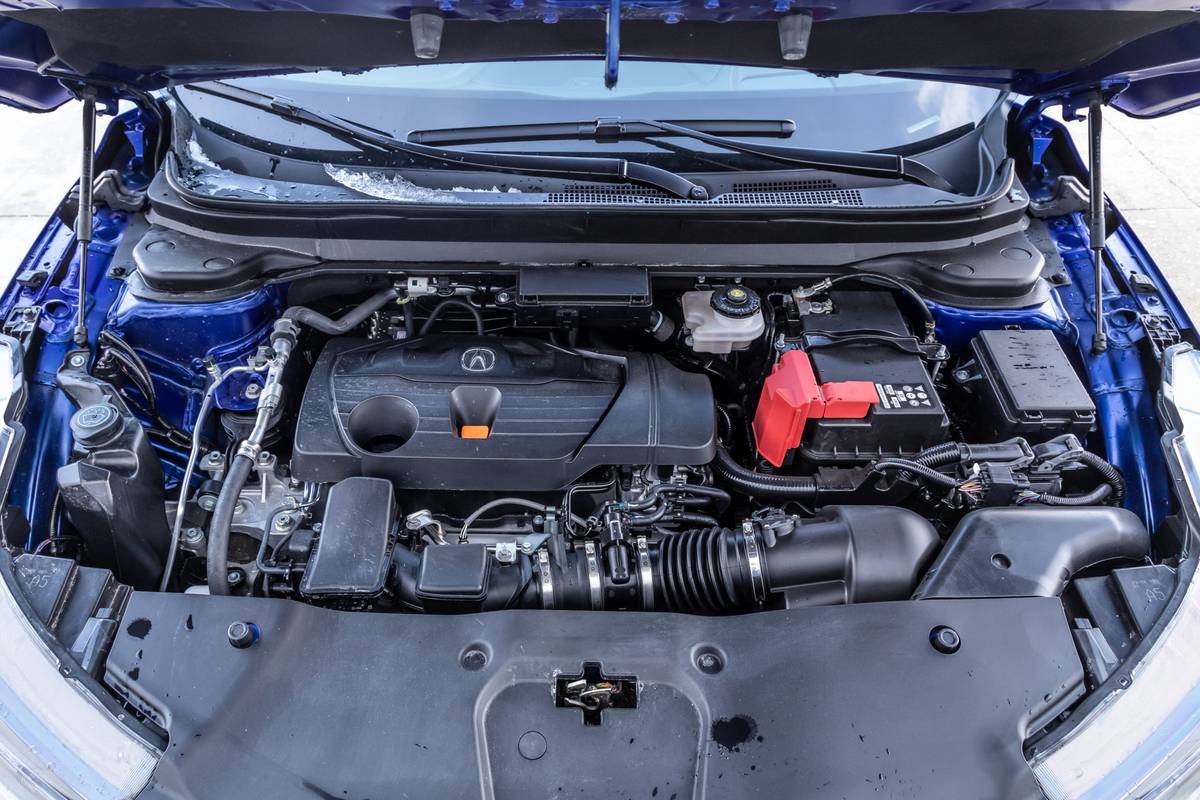
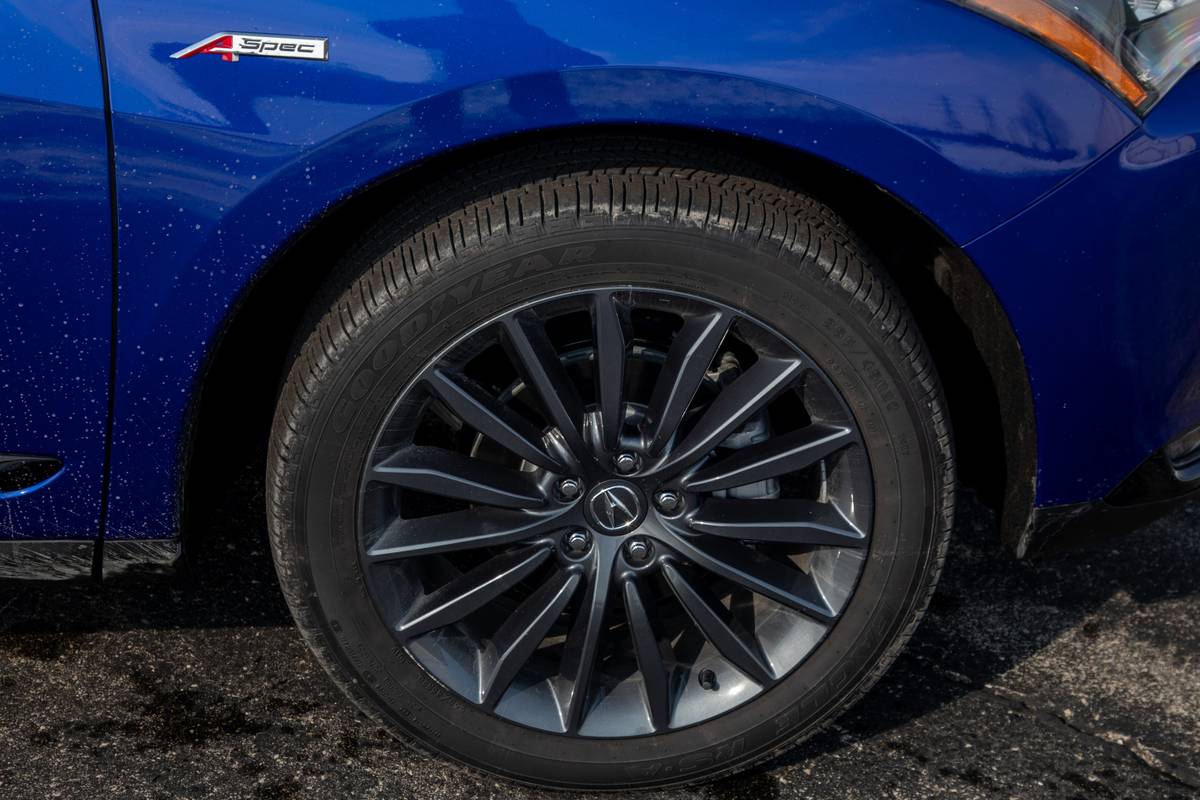
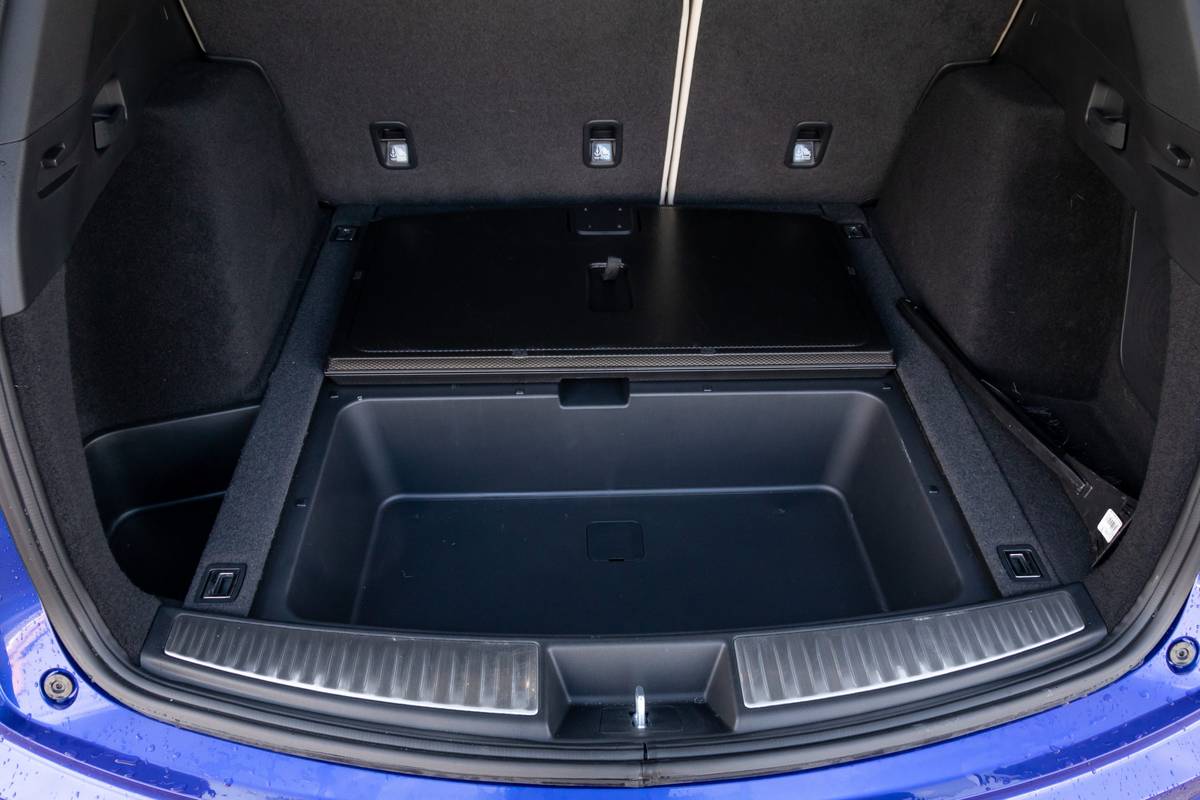
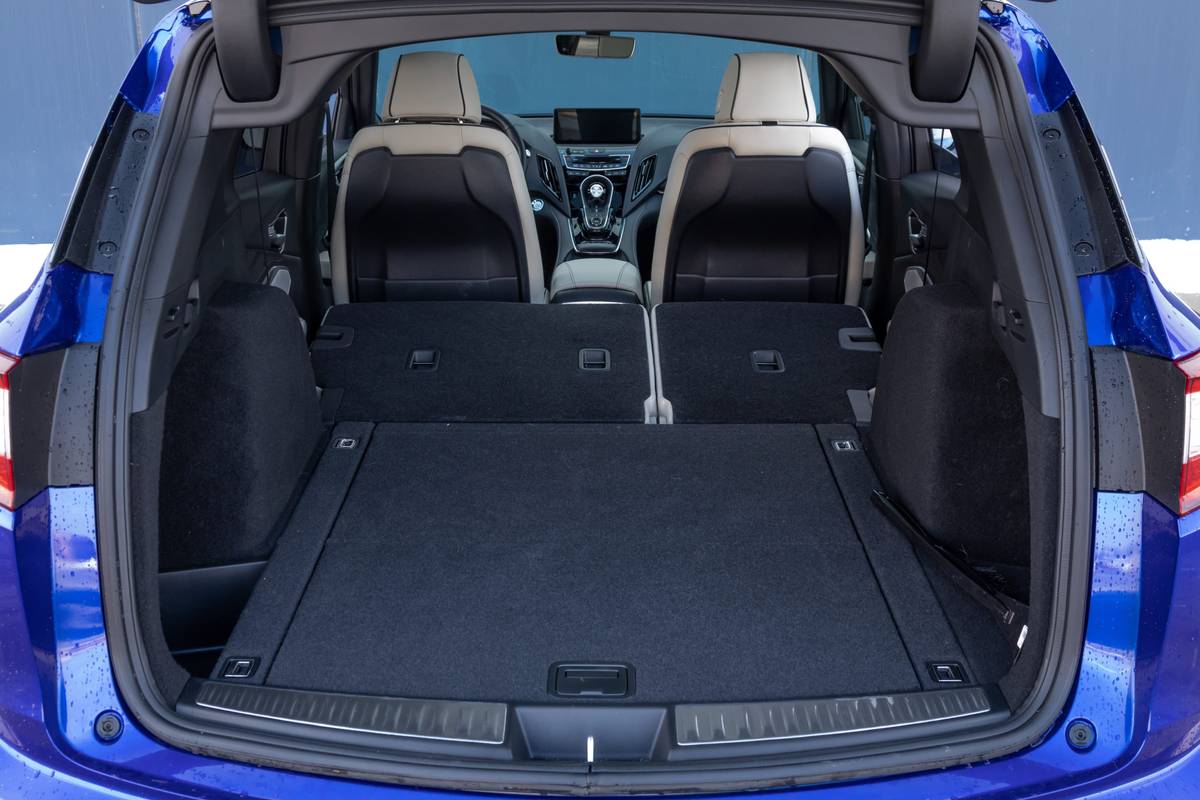
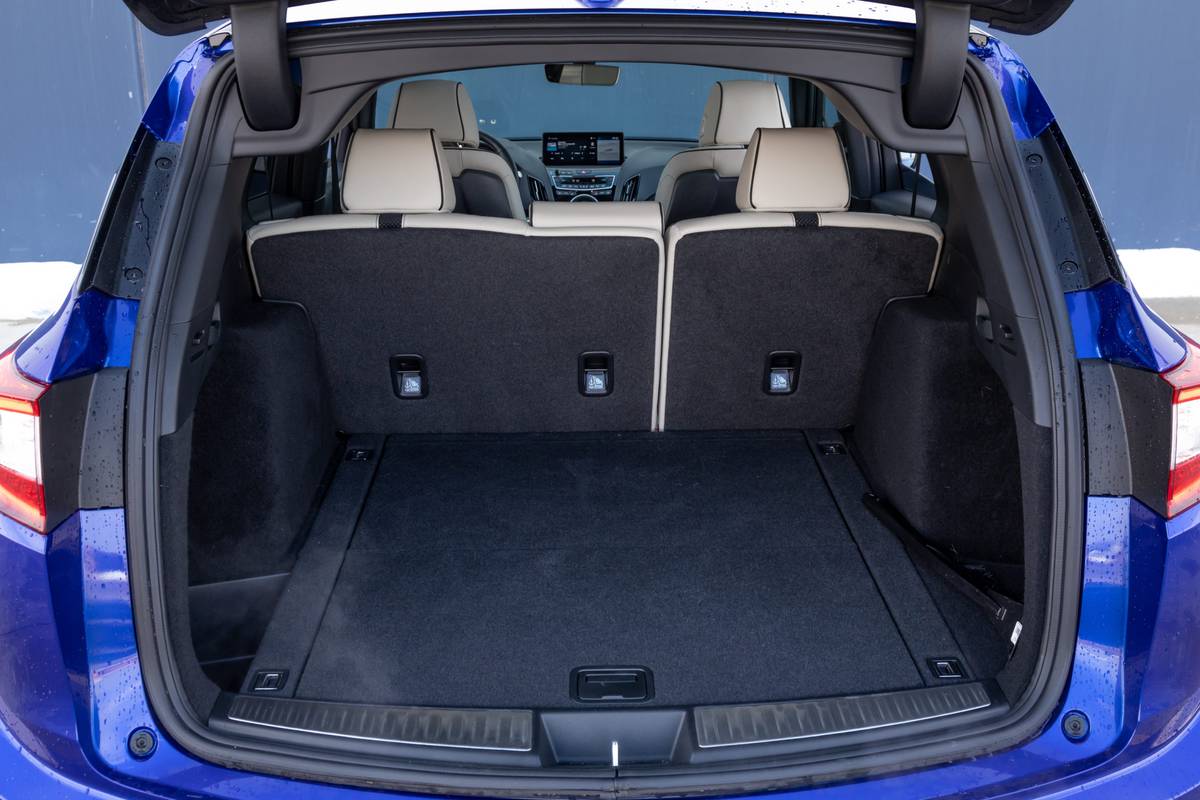
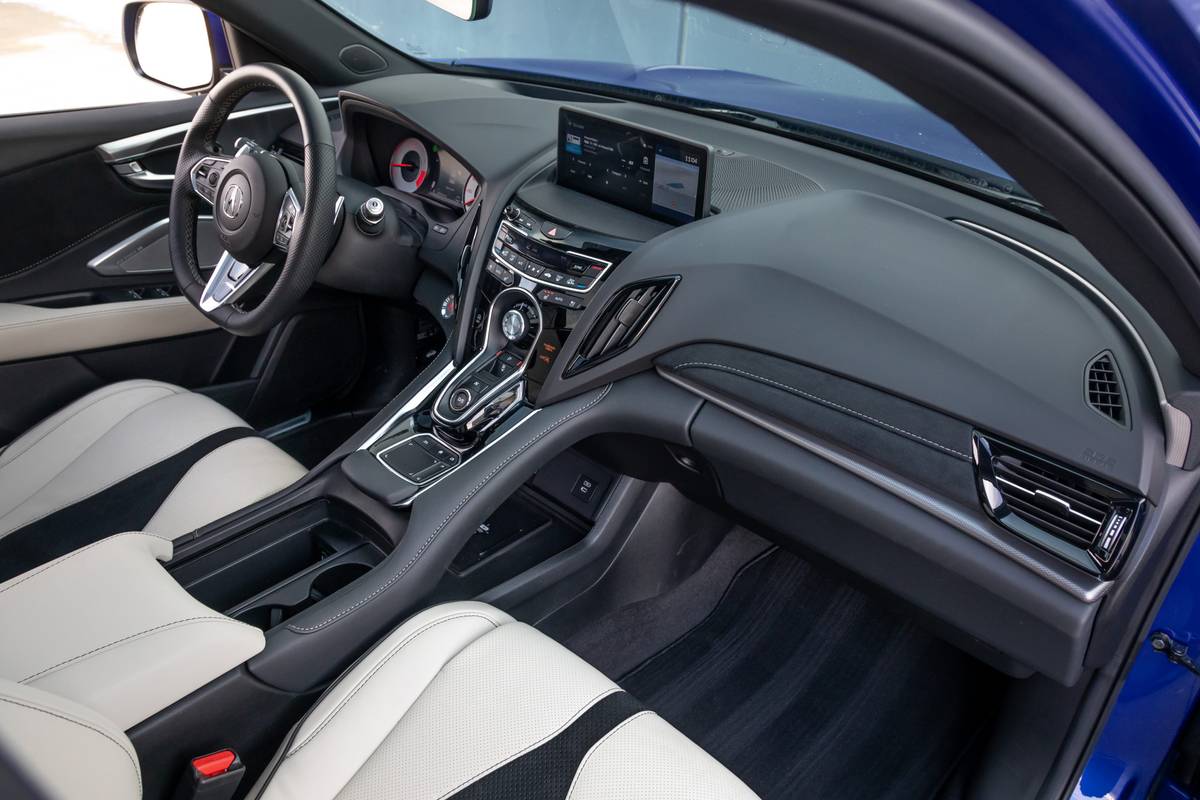
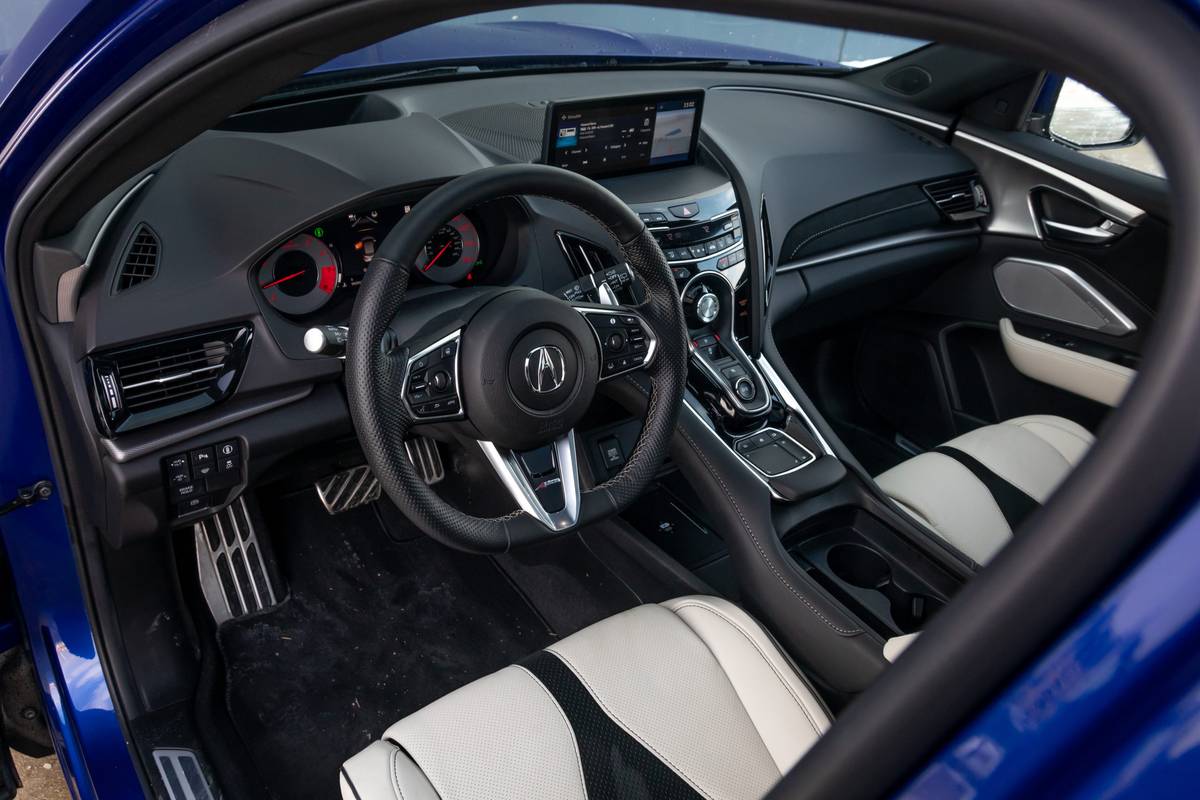
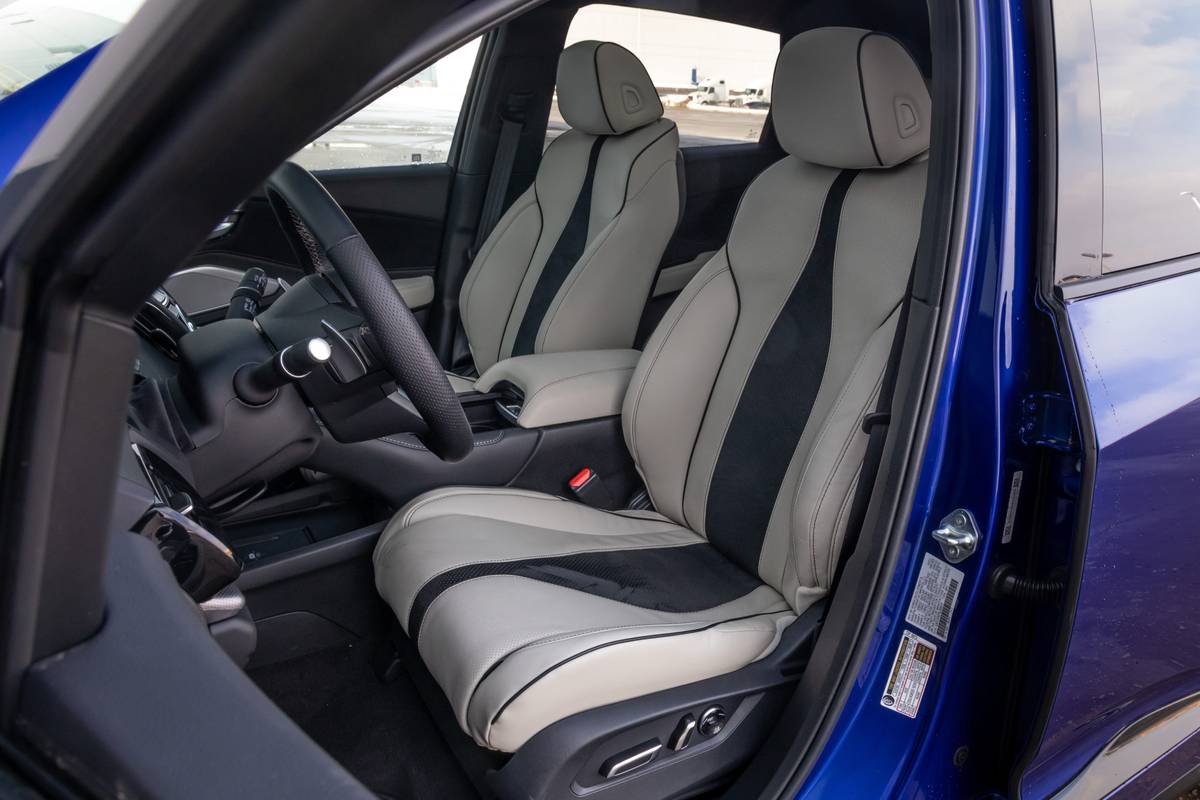
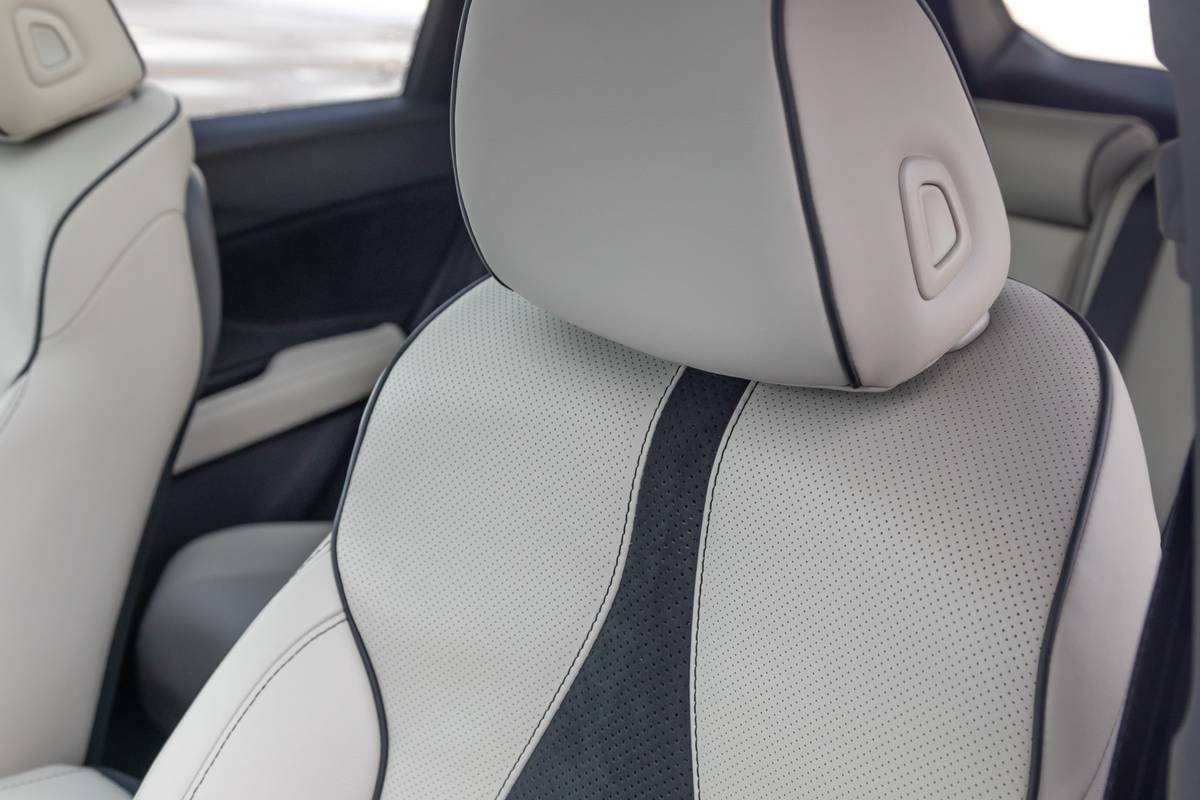
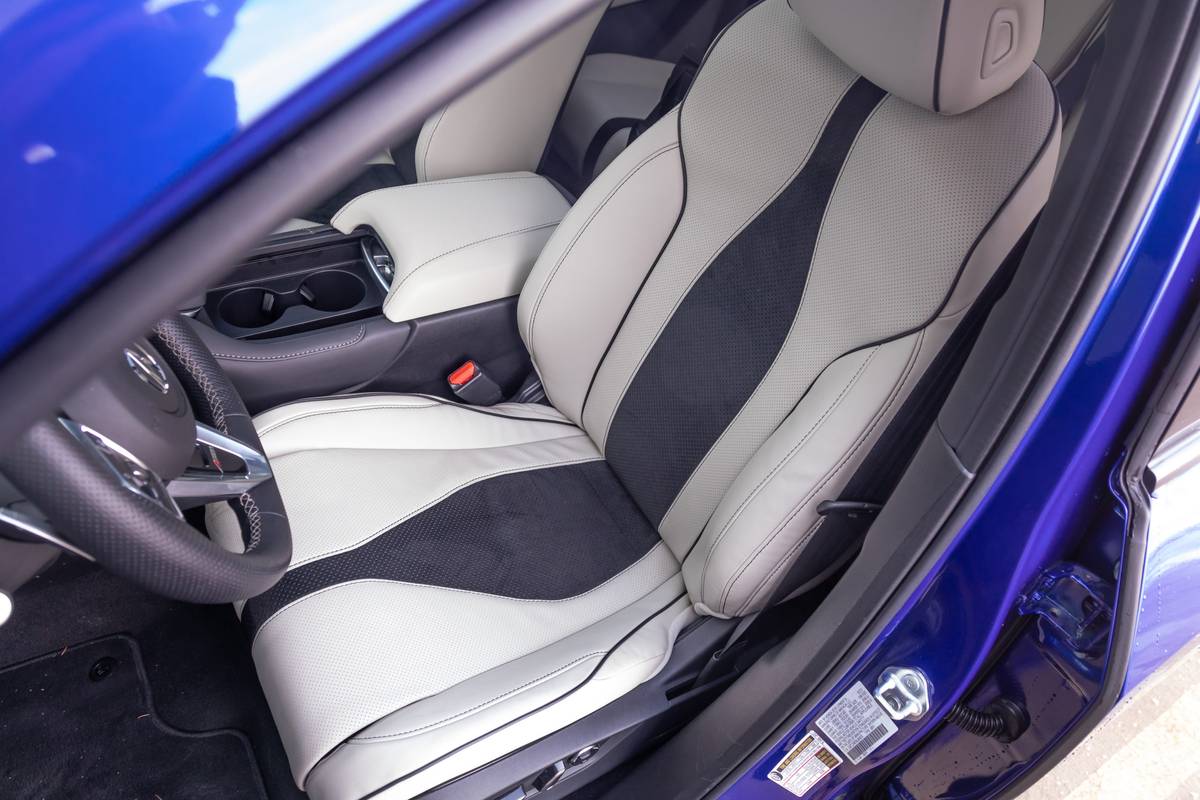
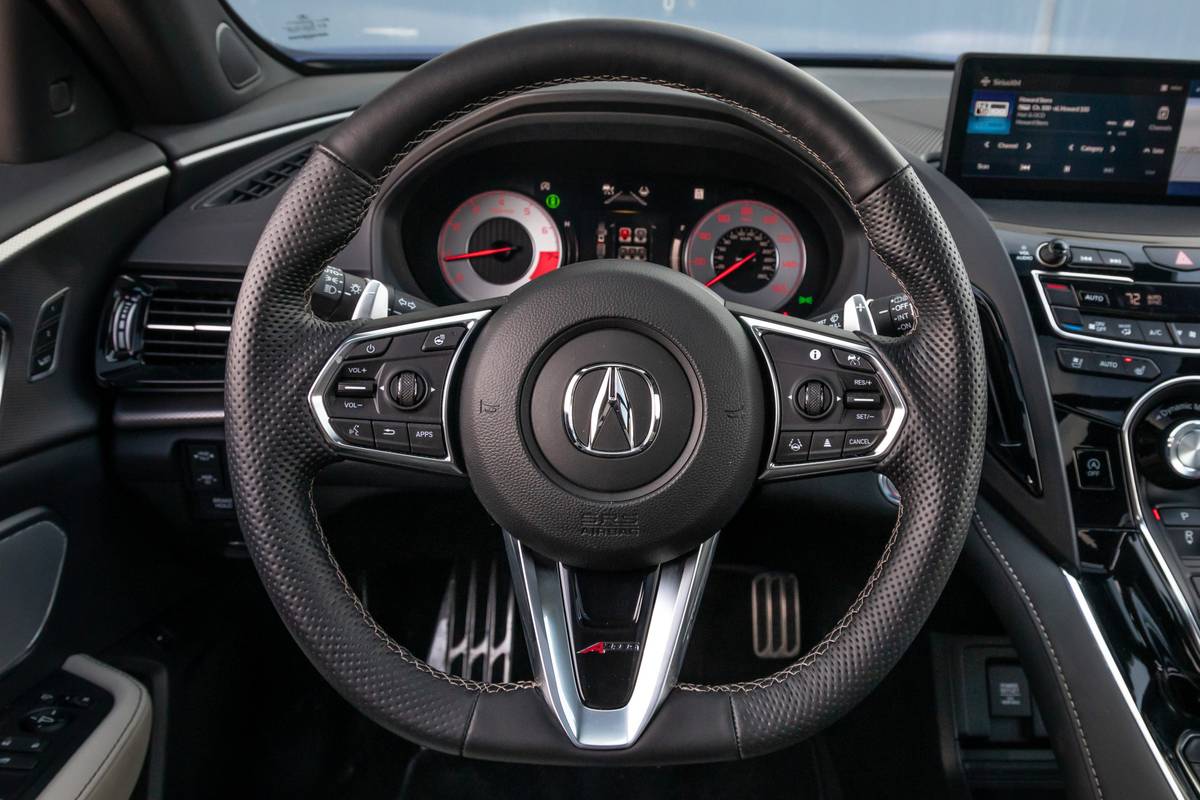
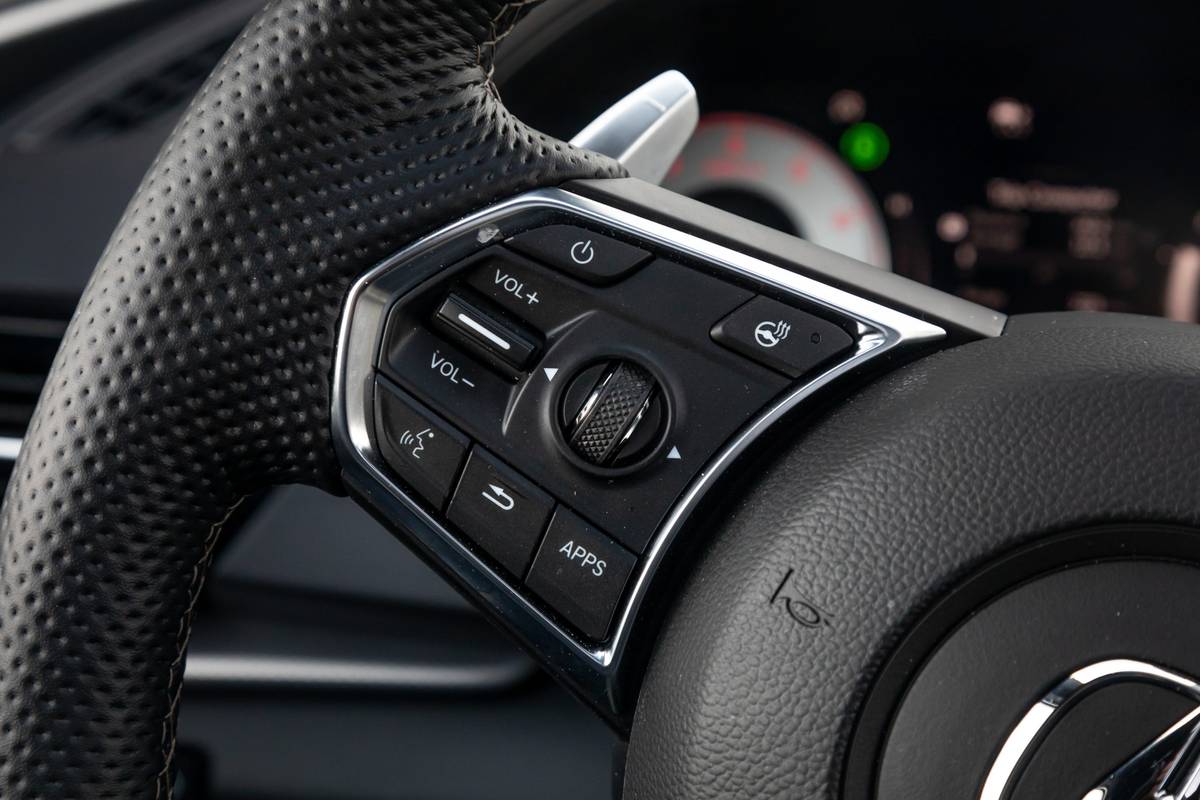
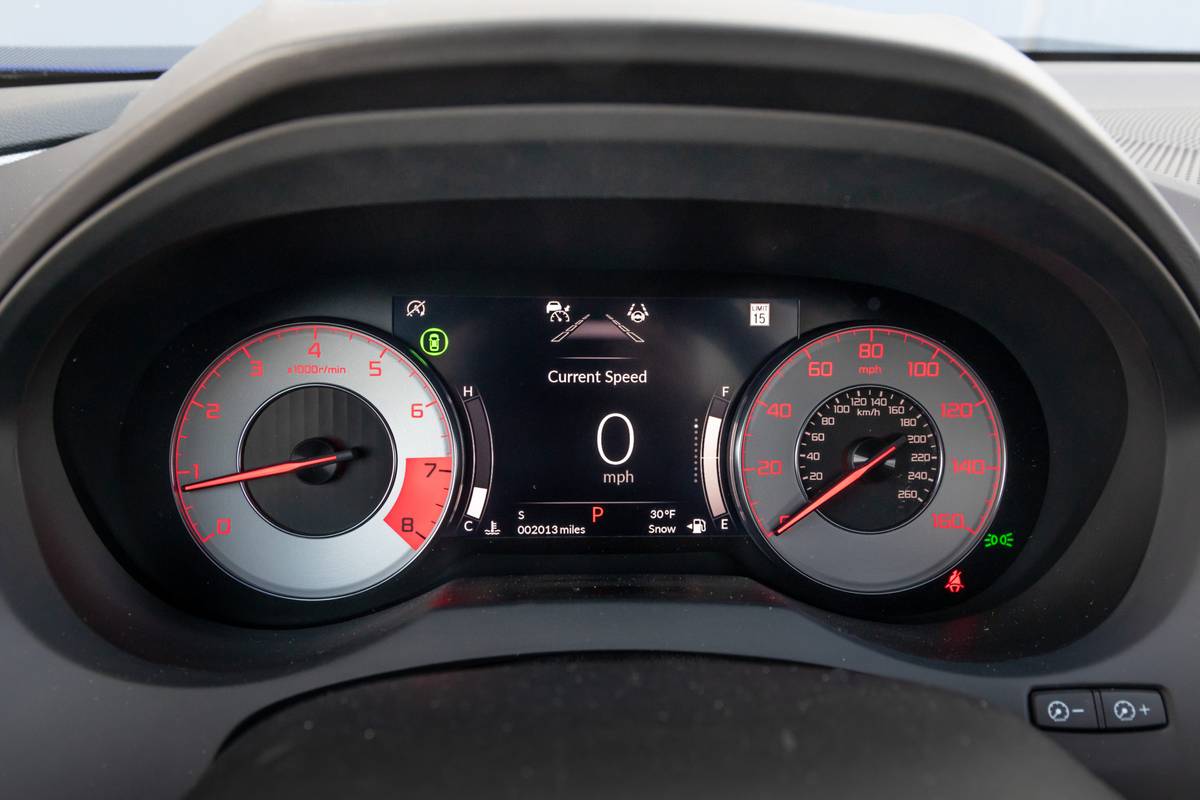
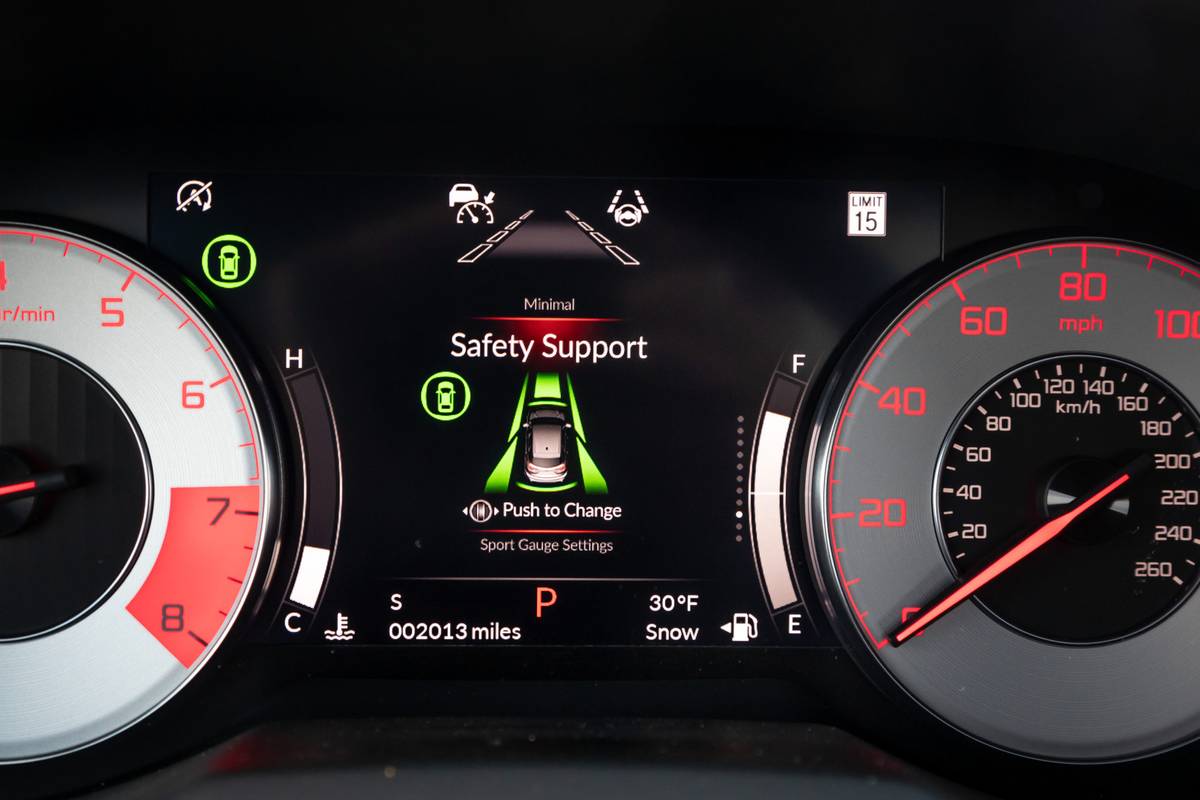
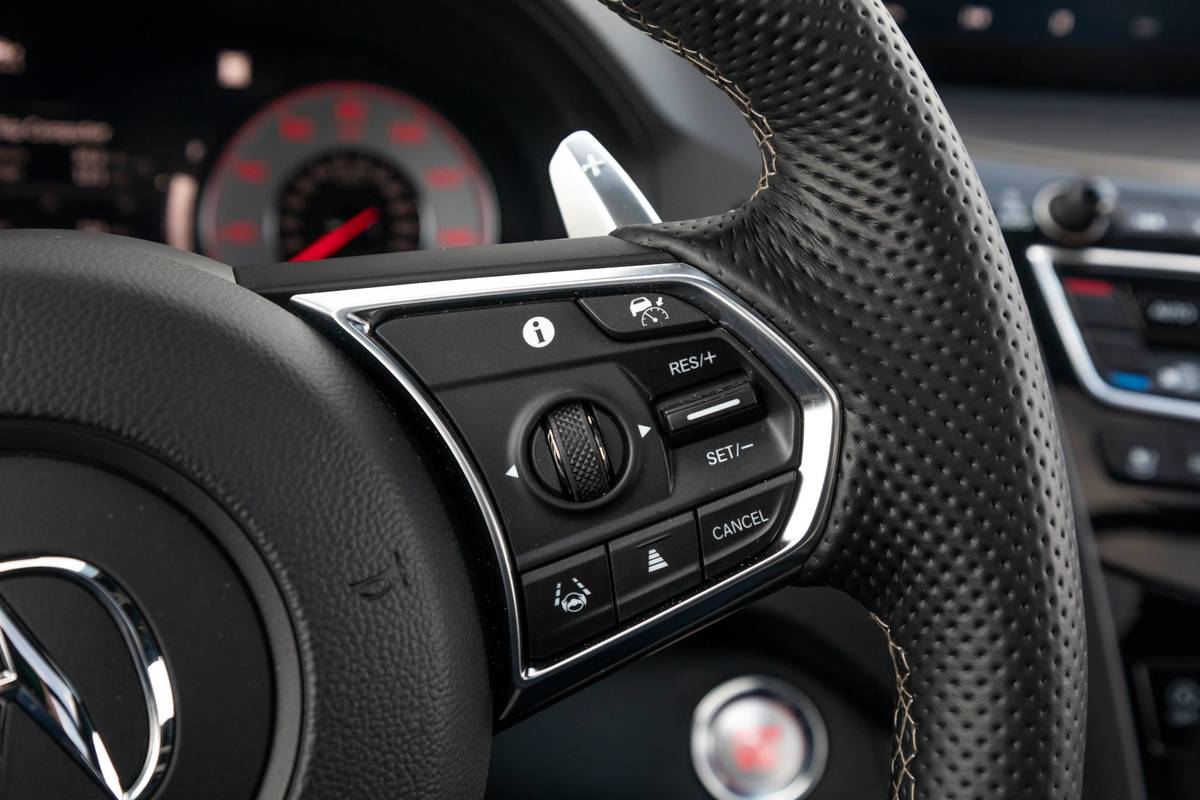
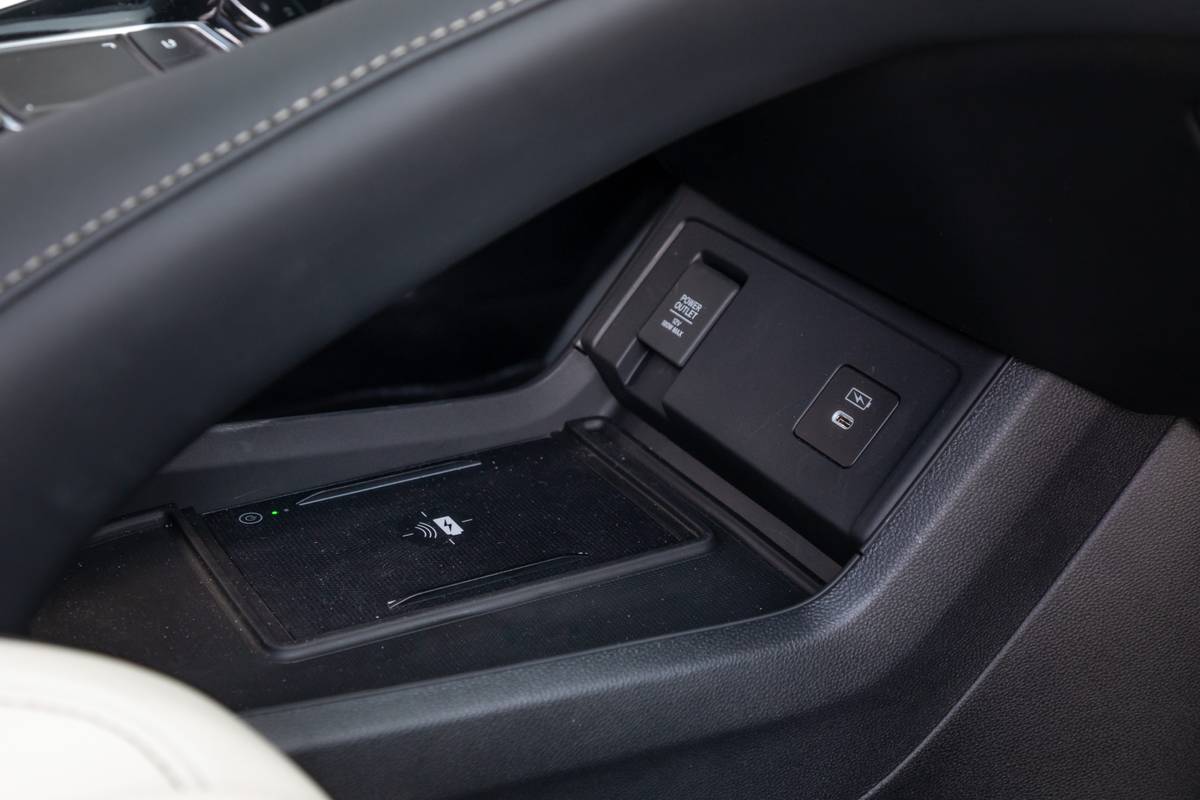
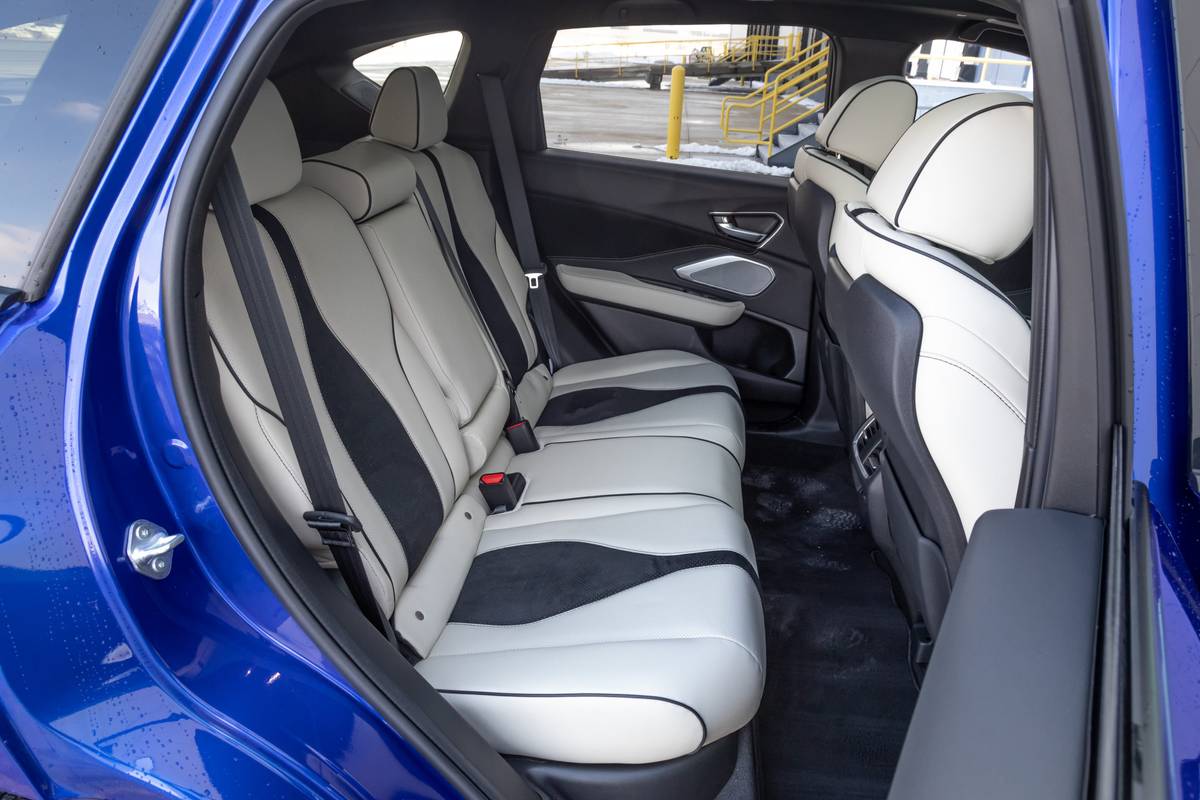
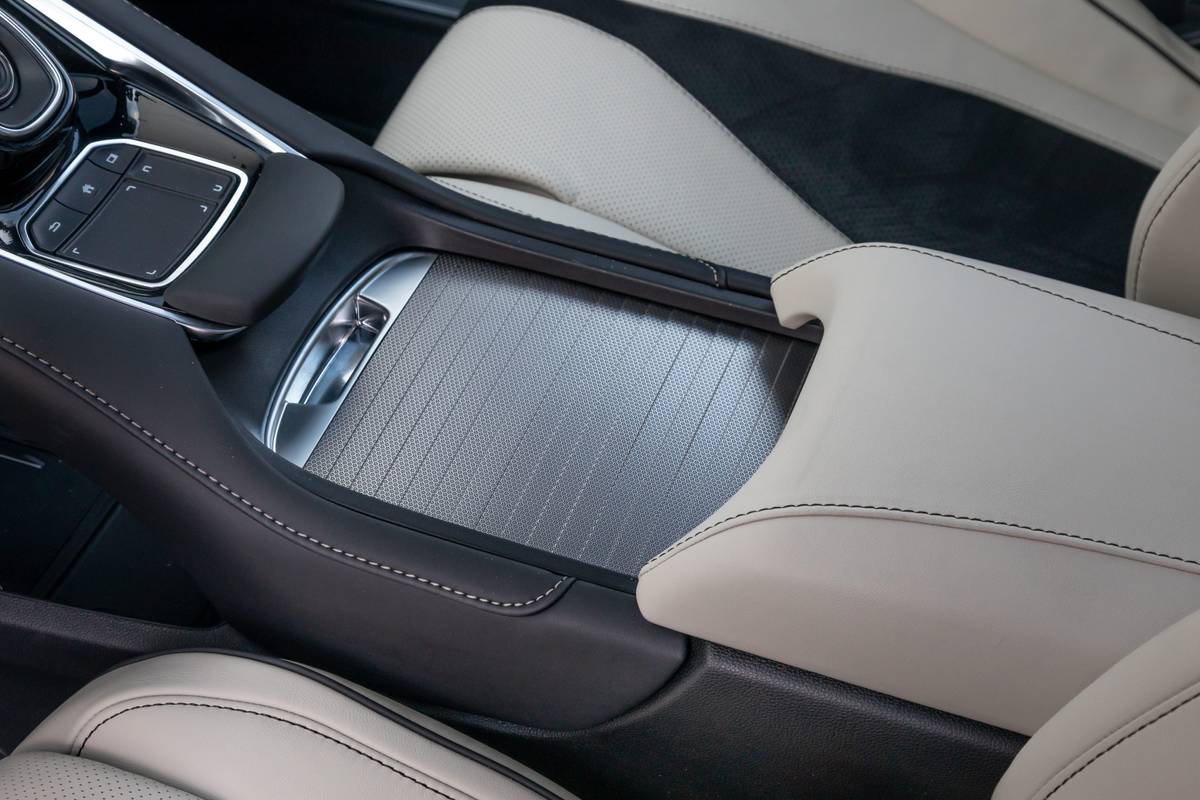
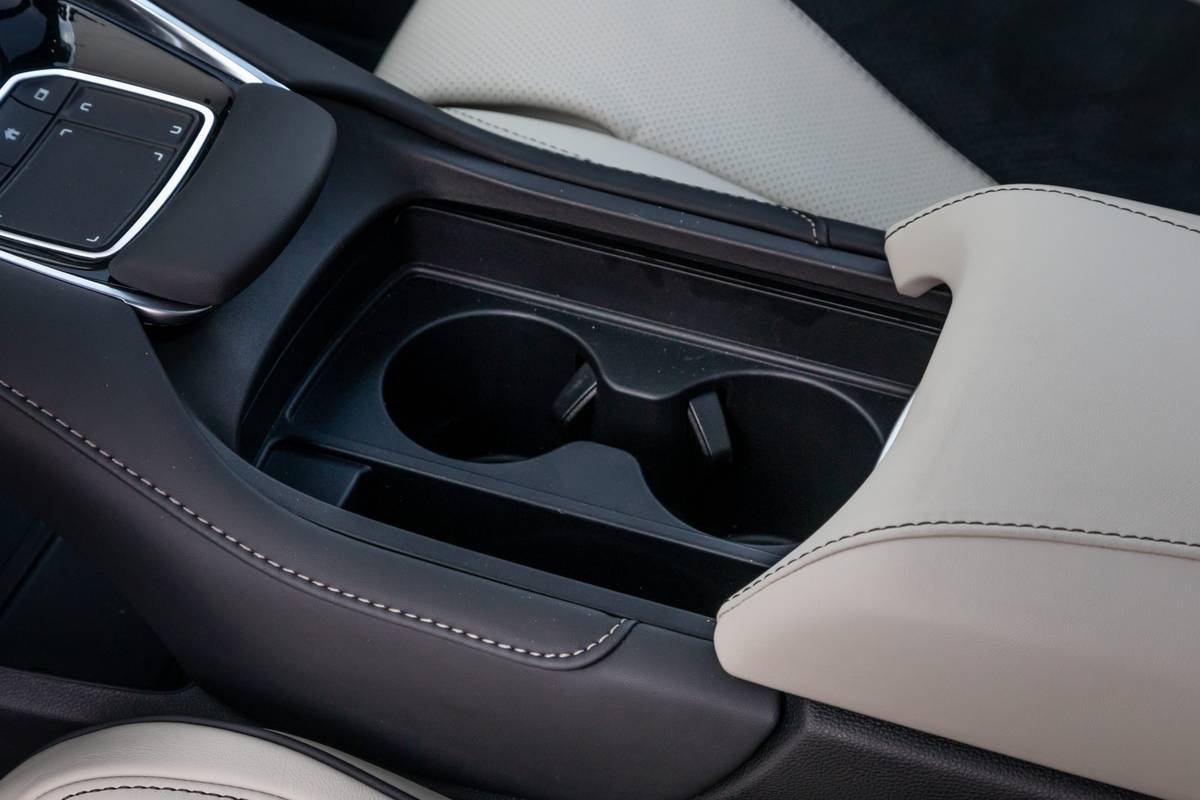
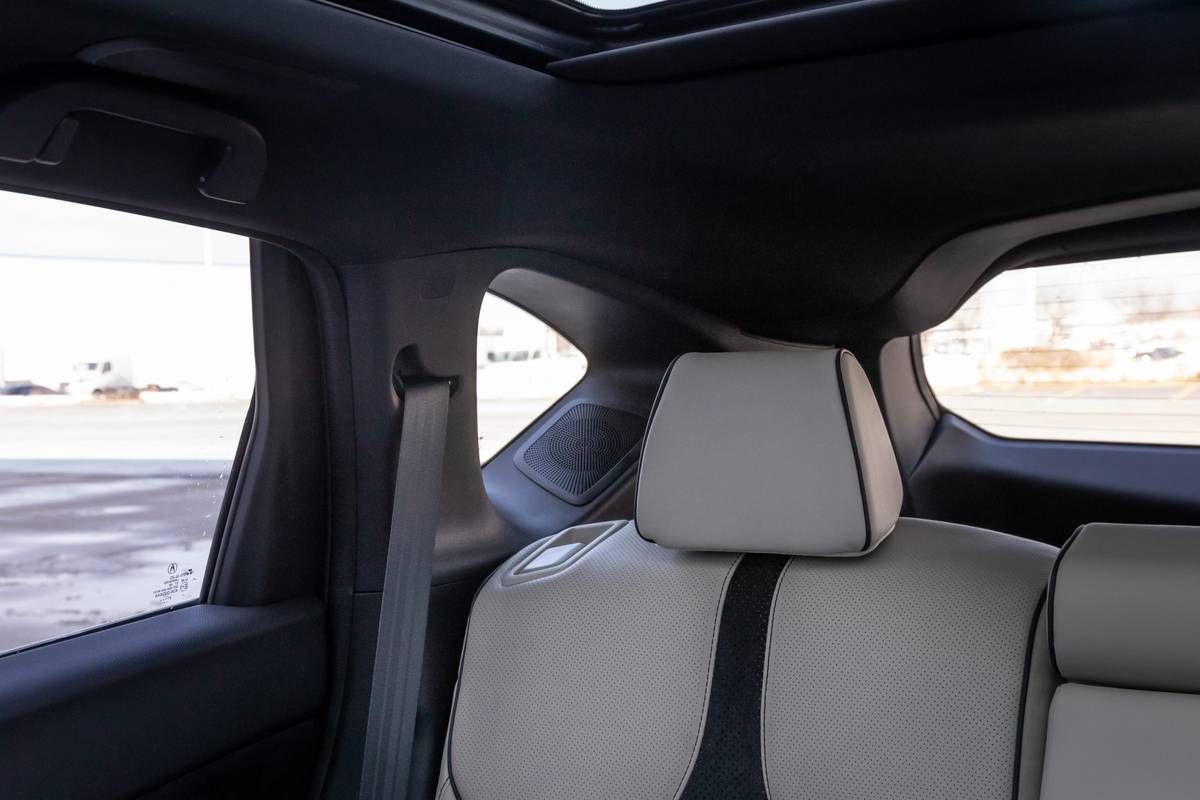
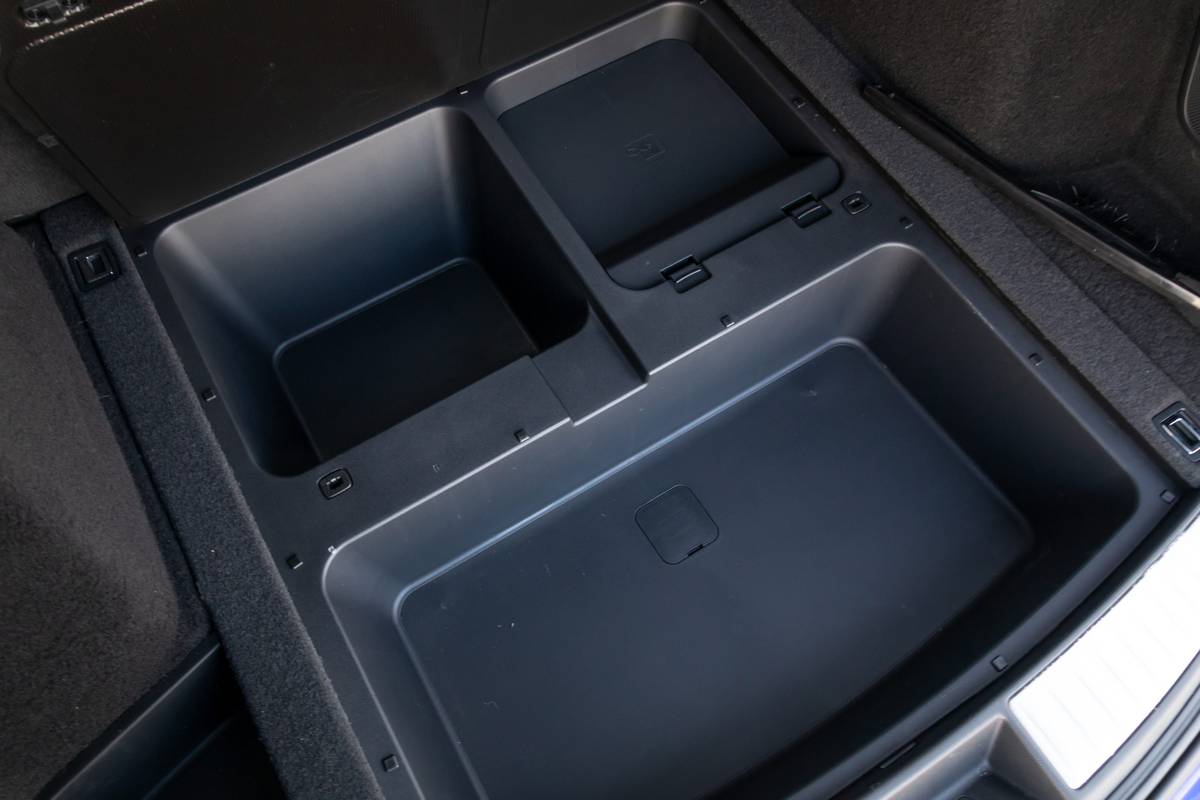
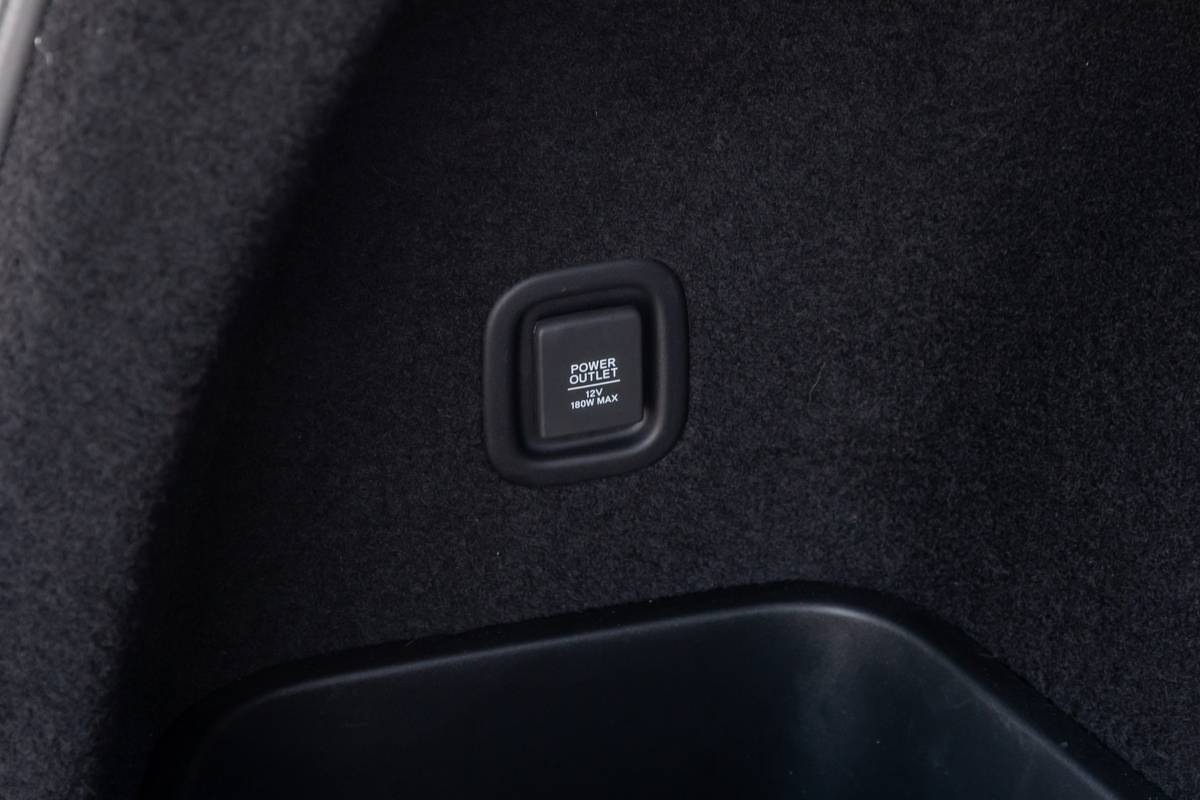
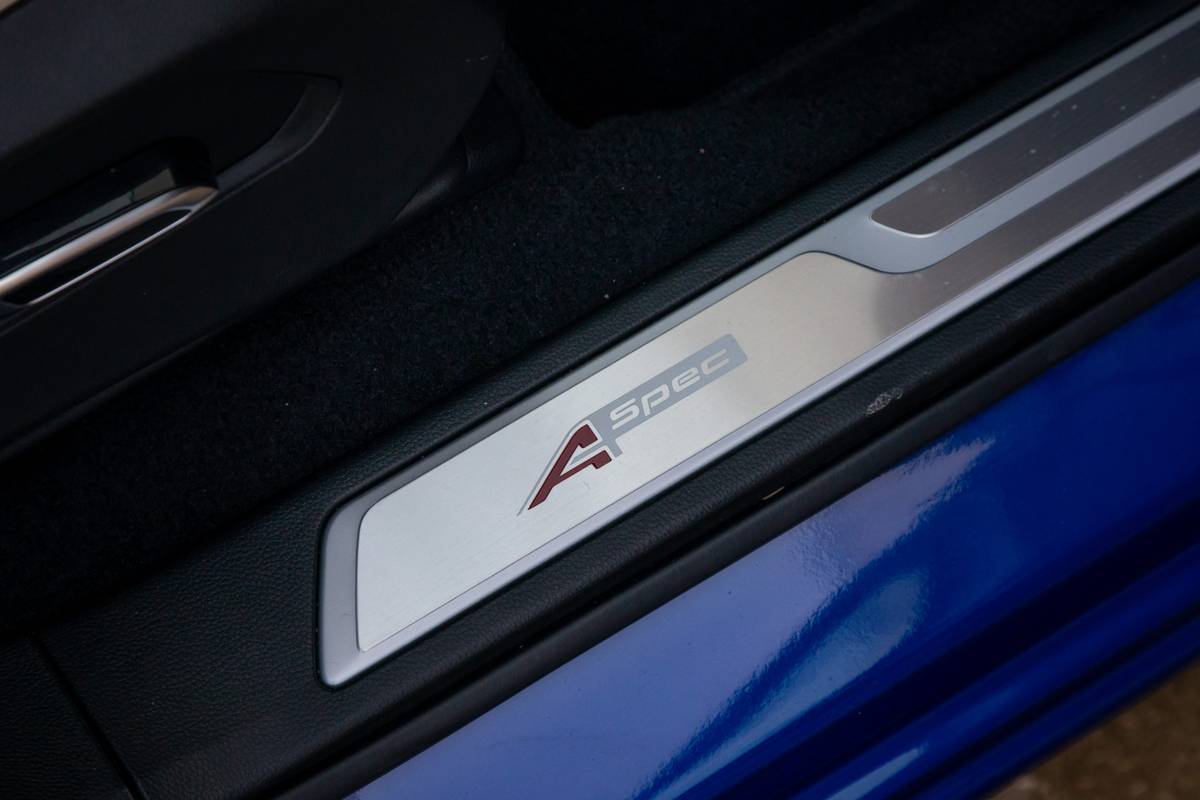
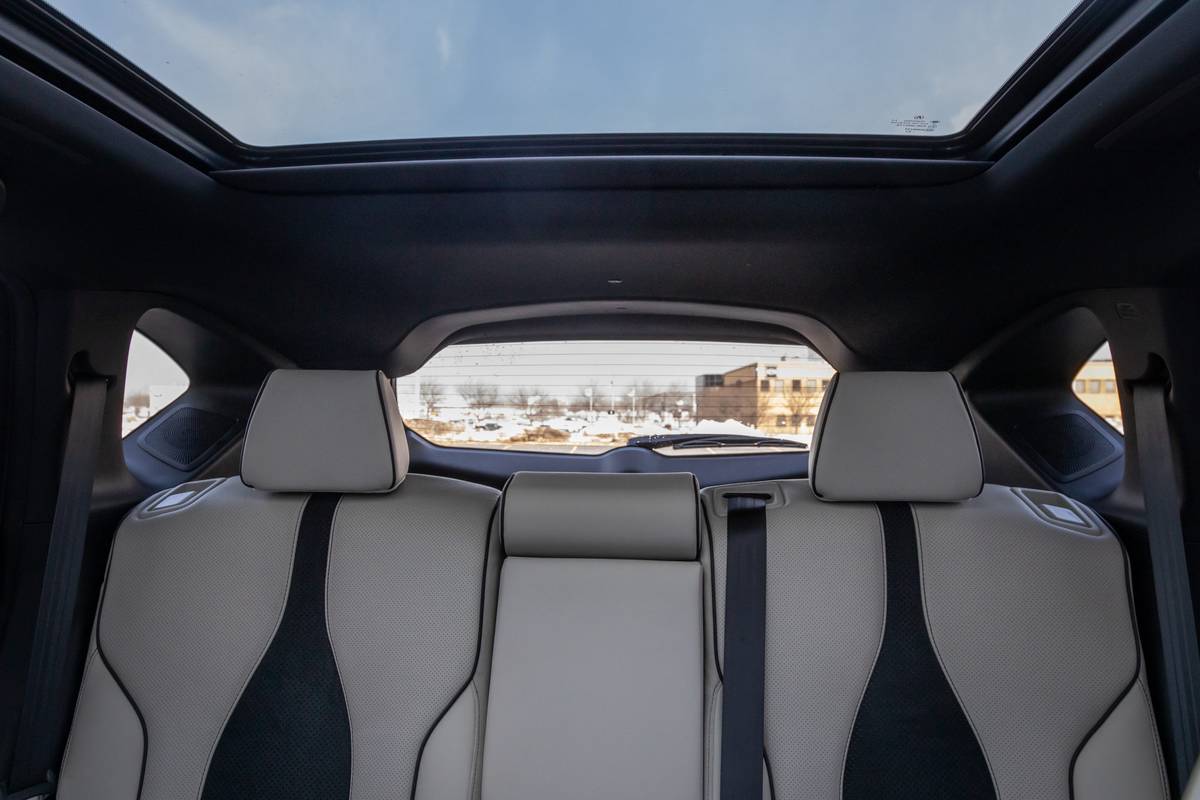
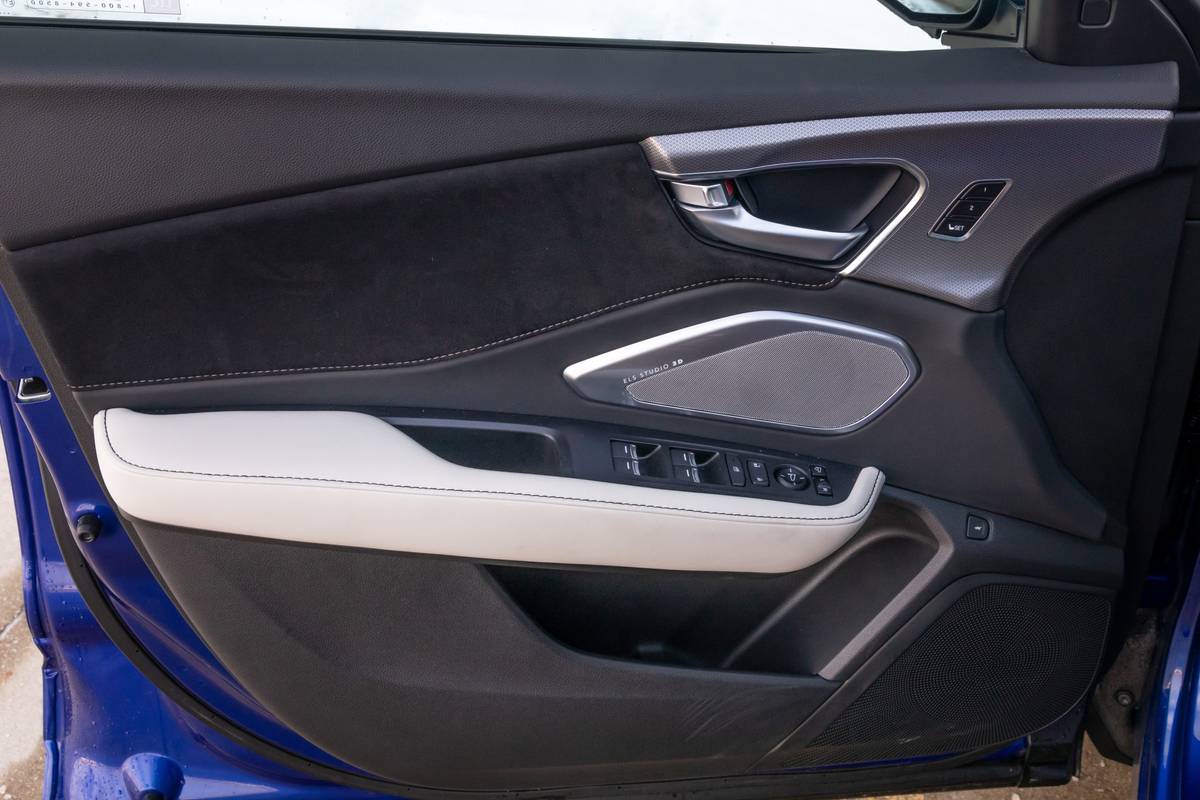
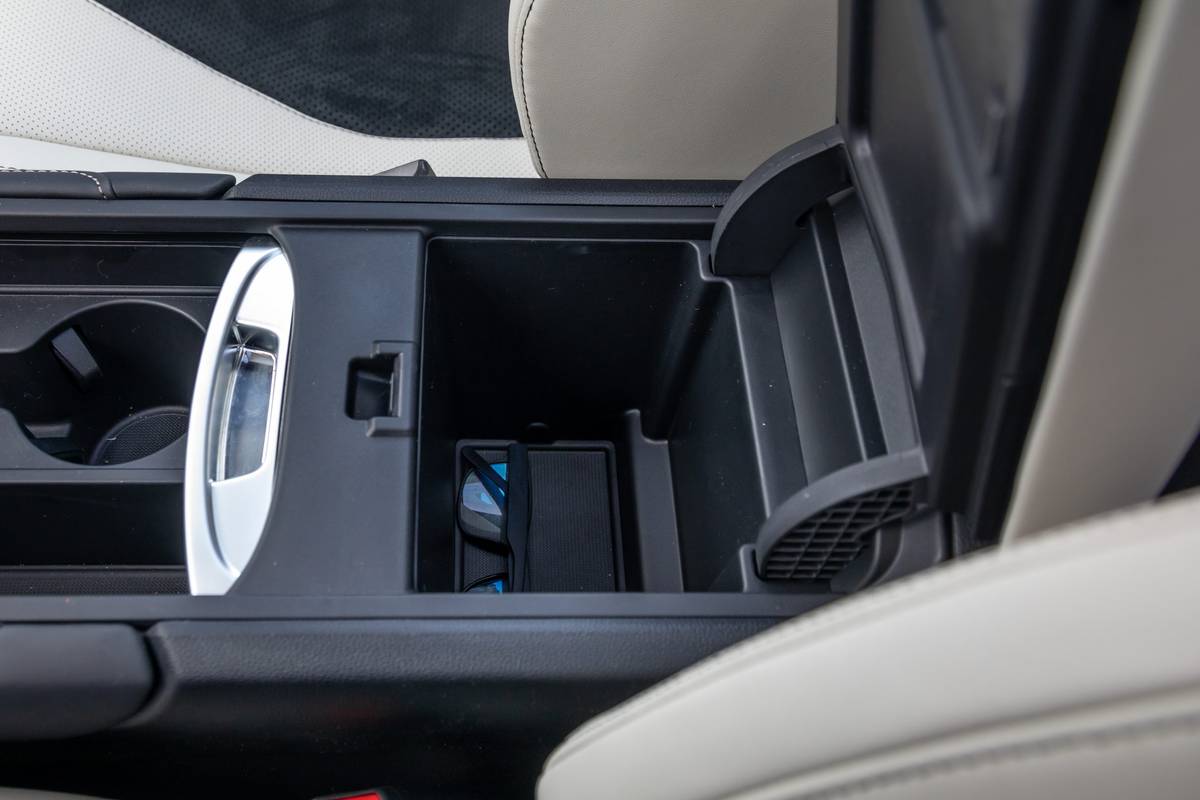
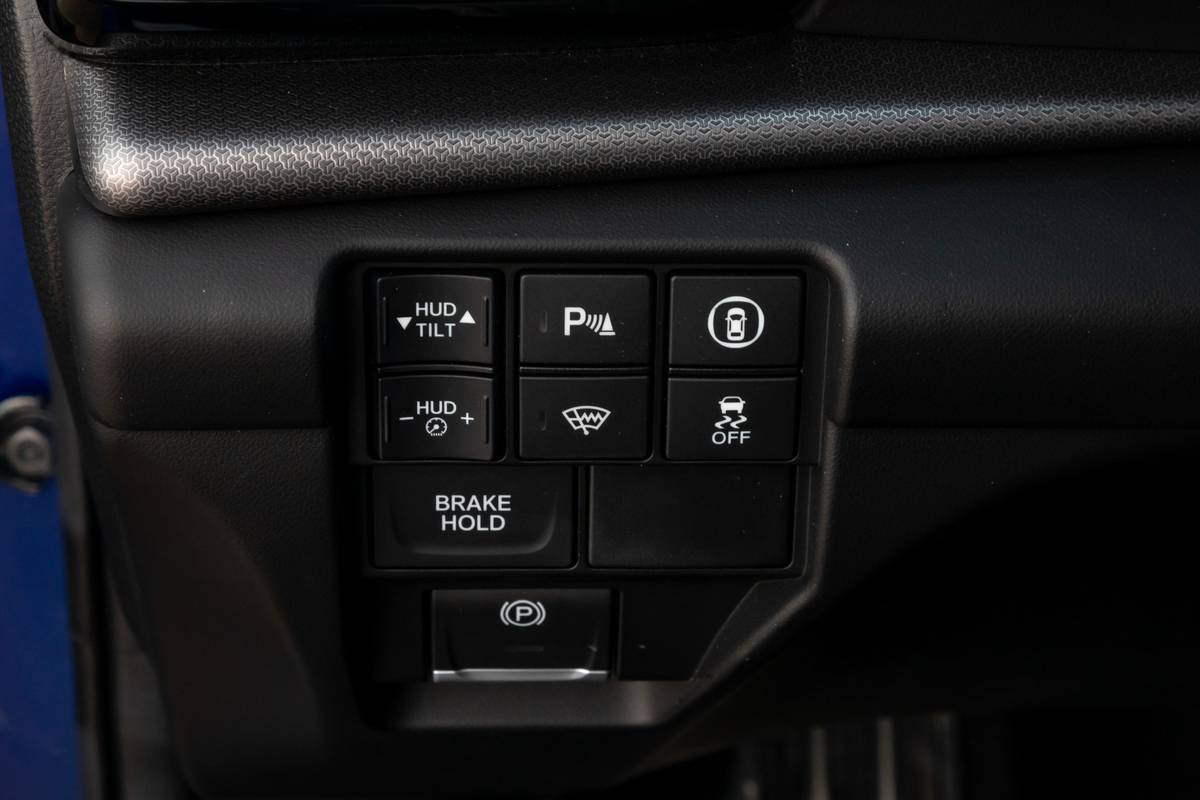
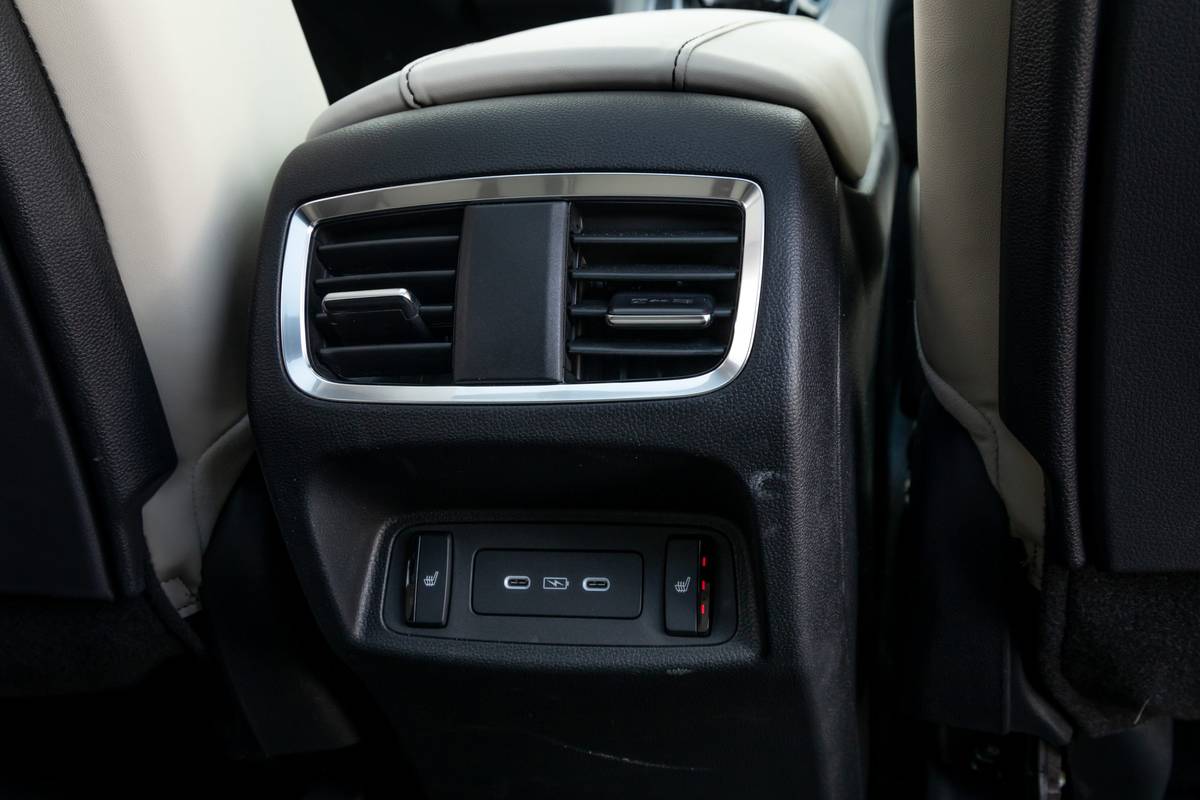
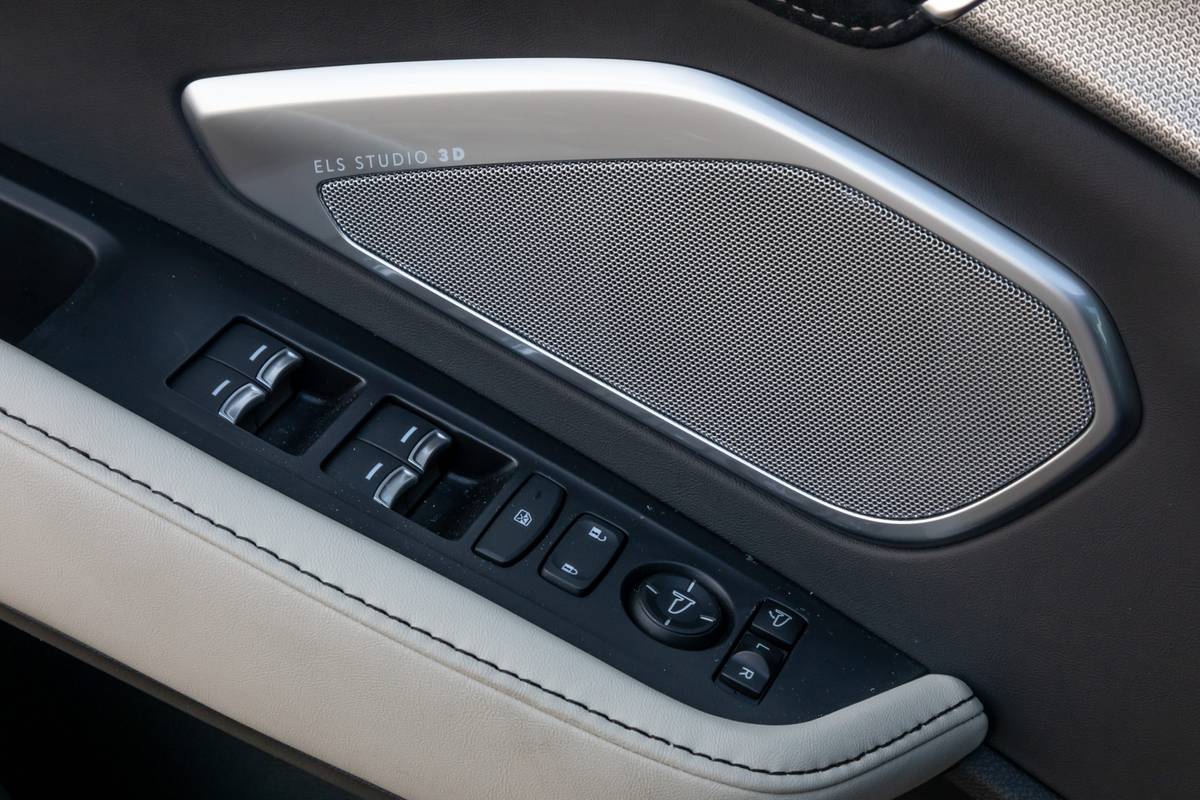
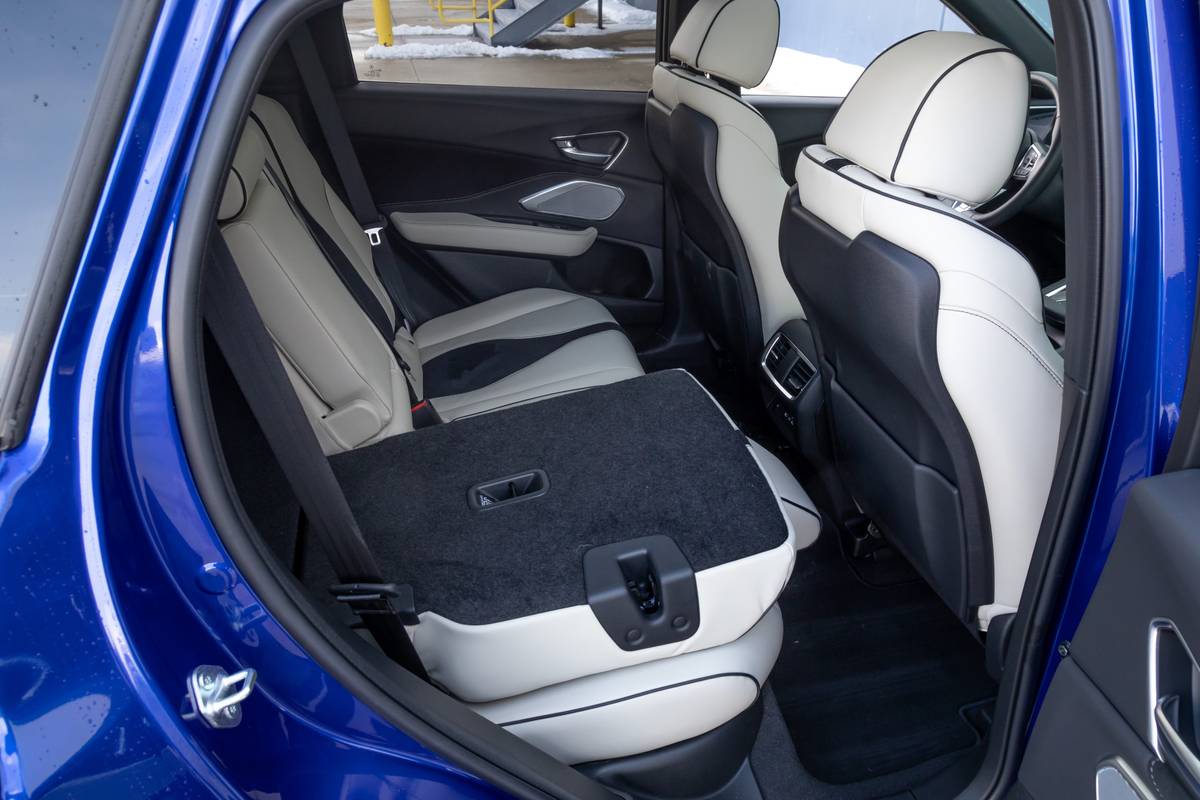
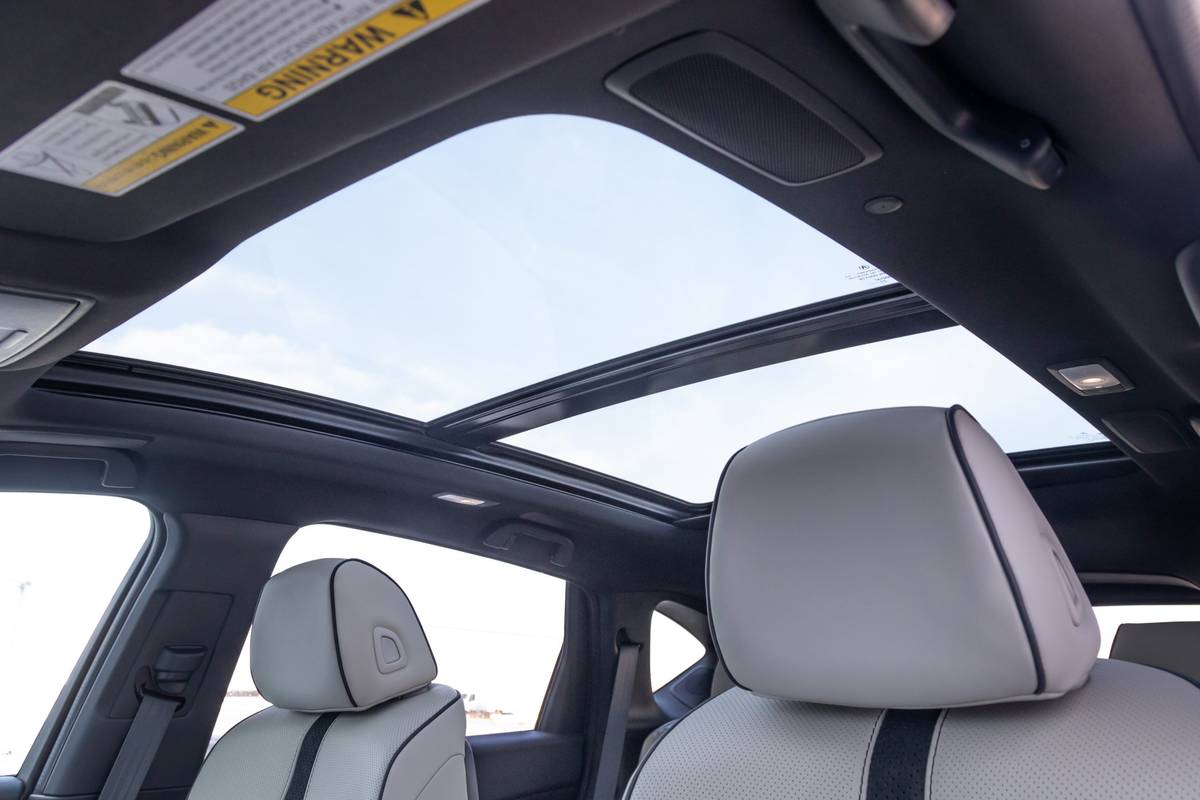

 Latch
Latch
 Infant
Infant
 Rear-facing Convertible
Rear-facing Convertible
 Front-facing Convertible
Front-facing Convertible
 Booster
Booster







